Ever since the Student Council President vanished, there’s been a power vacuum in the academy city of Kivotos. Gangs and other troublemakers do as they please, disrupting the regular lives of students in the area. Summoned from somewhere else, you – as Sensei – are tasked with reestablishing order and helping students with their problems.
Blue Archive is a strategy RPG from Nexon with a slice of life vibe to it. As a central figure of the student council and entrusted with the Shittim Chest, you’ll lead students under your roster in driving back gangsters and other troublemakers and creating solutions to ensure that Kivotos continues to run smoothly. The game is available on both Google Play and the App Store.
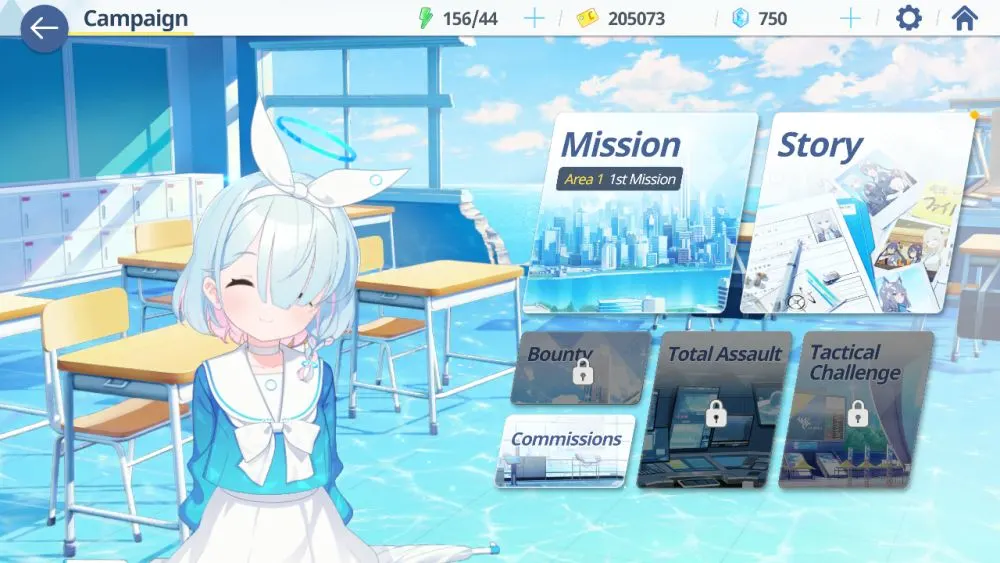
Players of other strategy games, particularly Girls’ Frontline will find that the Blue Archive plays in a very similar fashion. Your units will march towards their objective, stopping to engage enemies in their way. There’s a lot of tactics involved and surprises on the battlefield that are sure to keep you on your toes. You’ll also have a lot of lively and distinct characters to collect and grow, so there’s always something to do in Kivotos.
With that in mind, it can be easy to be overwhelmed by the game’s information. So we have come up with a detailed beginner’s guide for Blue Archive. Here we’ll run you through a beginner’s tour of Blue Archive as well as some tips and tricks to help you get a running start in the game!
Get To Know Your Students
Yes, Blue Archive is a gacha game. You’ll have to roll for characters via the game’s recruitment system (read: gacha) or you can get them in other ways.
Rolling For Characters
The fastest way to get characters is by rolling in the character gacha via the Recruit button. You can roll for one unit at a time, or in batches of ten. Each roll uses 120 Pyroxene, Blue Archive’s premium currency.
The first ten rolls you get after starting the game are free, and you can get a lot more Pyroxene from the global launch celebration packages in your mailbox. There’s a pity system in play for Blue Archive’s character recruitment: every 10 rolls is guaranteed to have at least one 2 star character or higher.
Related: Blue Archive Tier List: Ranking the Best Students in the Game
Blue Archive features pick-up banners, which have increased rates for certain rare students. During a pick-up event, each roll in the gacha gives you a recruitment point. If you accumulate 200 of these, you can buy a pick-up character directly.
Another way to get characters is by collecting their Eleph. Eleph are character shards that can drop from Hard Mode stages, and can be acquired in other ways too.
Rarity
Naturally, students have rarities too. Common students are 1-star, uncommons are 2-star, and rares are 3-star. As you progress through Mystic Unlocks, a student gains more stars added on to her rarity rating.
Strikers and Special Units
Students are divided into either Strikers or Special types.
Strikers are field operatives, and you can have 4 of them in a team. As they’ll be in the thick of the action, a good sensei will ensure that their Strikers are well-geared and highly trained to meet any combat situation.
Special units don’t appear on the battlefield, but provide invaluable combat support. These students stay out of combat and rely on their powerful skills to support their teammates. Special units still have stats, but instead of using them in combat, they provide bonuses to their team’s Strikers based on their own stats. You can check the bonuses that your Specials confer on your Strikers by tapping the Support button on the right side of the screen when assembling a team.
Leveling
As with any RPG, your students can level up and become stronger. However, students don’t gain experience in combat. Instead, you’ll have to find activity reports to give to your students, which will give them the experience they need.
Your account level is very valuable as it serves as the level cap your students can achieve. With that in mind, it’s best to remember to level up your students each time your account level goes up. You can also overfeed them activity reports, since the game helpfully stores excess experience.
Skills
Skills are divided into EX, Basic, Enhanced, and Sub. EX skills are powerful abilities your students can use; these are the skills that appear in your card draws. Basic skills are automatically used whenever they’re off cooldown. Enhanced skills are passives. Sub skills are also passives but sometimes carry additional activation requirements, such as when below a certain level of HP or if taking cover. Sub skills are unlocked via Mystic Unlocks.
Equipment
Students can equip three pieces of kit to improve their abilities. While there’s a lot of equipment to choose from, each student can only equip specific kinds of equipment. The three slots are unlocked as the student gains levels – the first slot is free, the second opens at level 15, and the last slot opens at level 35.
Roles
Blue Archive’s characters are neatly divided by their combat roles. These roles are Tank, Dealer, Healer, and Support. It’s important to note that both Strikers and Specials can have any of these roles, depending on their abilities.
Tanks are fighters who take hits for their team. They usually have skills and passive abilities that improve their survivability or draw fire and aggro to themselves. Tanks use a shield as their icon.
Dealers are dedicated DPS students. Their job is to stay back and defeat enemies as quickly as possible. A crosshair denotes a Dealer student.
Healers, like their name suggests, are students equipped with skills to heal their teammates in battle. A heart with a cross is used by Healers as their symbol.
Supports are highly varied characters.While they’re capable of dealing damge with their autoattacks, their skills give them great utility. The game also says that there’s another class of supports, called Tactical Supports. A diamond and circle – a halo maybe – denote that a student is a support unit.
Stats
A student’s combat ability is determined by her stats. Each student’s basic stats are easily viewable on the upper part of her info card.
HP is how much health a student has. If it drops to zero, she’ll leave and can no longer be used in the current mission.
ATK affects how much damage she does to enemies.
DEF affects how much damage enemies do to her.
Healing is a special stat that’s most often used by healing skills. Some support skills also use Healing for computing their multipliers.
If you want even more detailed student stats, you can tap the Details button on the right side of her stats.
Crit affects how often she’ll crit, while Crit DMG increases the multiplier for critical hits.
Stability affects how often a student’s attacks will hit for maximum damage.
Range of Fire is her attack range. The higher it is, the longer her attack range is.
Crowd Control Power affects a student’s chance to proc status effects on her enemies, such as Fear or Sleep. Crowd Control Res is her resistance against status effects.
Cost Recovery affects how fast the skill gauge charges in combat.
Environment Combat Power is how well she does in certain environments.
A lot of these detailed stats can be checked at a glance as well.
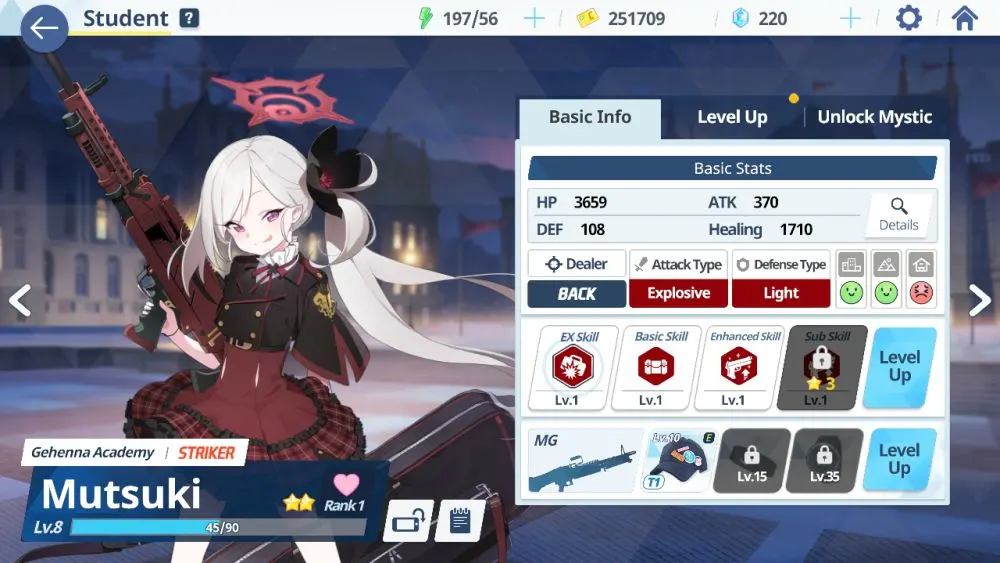
This is Mutsuki’s info card. Below her role of Dealer, you’ll see the word “Back”. This means Mutsuki has a long range attack and will stay as far away from enemies as she can. The smiley faces on the further right are her environmental combat power scores. Mutsuki will do well in Street and Outdoor stages, but suffers in Indoor environments.
Armor And Damage Types
All characters in Blue Archive have a damage type and an armor type. The easiest way to explain what’s effective against what is this: attacks of the same color are good versus the same color armor. In gameplay, that’s Explosive vs Light, Piercing vs Heavy, Mystic vs Special, and Siege vs Structure.
There’s an additional damage type called Normal. Usually utilized by enemies, this damage type isn’t effective against anything and is resisted by structure armor – but structure armor resists everything but Siege damage anyway.
Tier List
Blue Archive is a gacha game, so there’s inevitably going to be a tier list. While using them as general guides is all well and good, veterans from the Japanese server stress that there’s no single comprehensive tier list in either PVP or PVE because of how unique each student is, and how varied combat situations are.
Battlefield Awareness
Combat in Blue Archive is conducted on two levels, which I like to call the Tactical Map and the Battlefield, respectively. The Tactical Map is where you move your students and end your turns, while the Battlefield is where combat actually takes place.
The Tactical Map
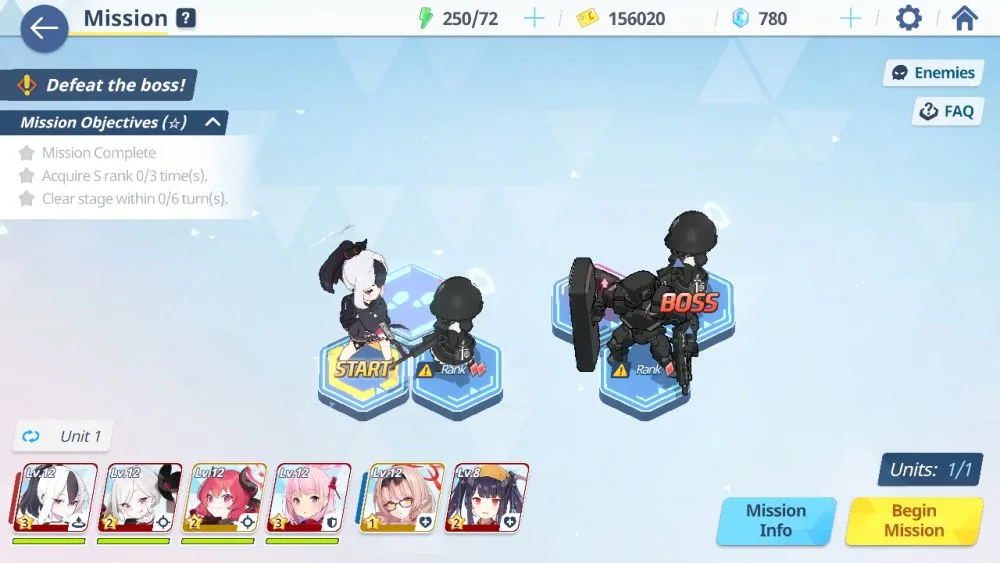
When you select a stage (except sub stages), you’ll be presented with a map of the level. On the tactical map, you can see enemy icons which will give you a rough idea of what kinds of units your enemies are fielding, as well as what or who the level’s boss will be. If you want more information, you can tap Mission Info in the bottom right to see what armor type your enemies are using.
You and your enemies take turns moving; each unit can move one hex per turn, with you taking the first turn. When all your students have moved, you can tap the End Phase button to end your turn. You can also tick the Auto-End Phase box to skip this step.
In addition to enemies, there are also map features, such as tile buffs. These buffs provide a 2-turn boost to attack (the red gun) or defense (the blue body shield), or can be picked up to provide instant healing to everyone in a team (the ramen). Some tiles are hidden, and will only appear when one of your groups of students steps on a tile with footprints on it. There are many more tile objects that will appear as you play the game, so make sure you read the tooltips for each.
Hard Mode maps are different in that there’s fog of war, limiting your vision to adjacent tiles around your students. They’re also worth exploring, as each Hard Mode map has a hidden box of Pyroxenes – premium currency – that’s only available once. Each Hard Mode stage can only be completed 3 times a day.
The Battlefield
Blue Archive’s battles are similar to many tactics games on the market, the closest equivalent of which would be Girls’ Frontline. Your students will run up a path filled with enemies, engaging and eliminating them all. To win a battle, all enemies need to be eliminated. Most stages also have a boss enemy, which has higher stats and may even be a student you’ve seen before. Defeating a stage’s boss will clear that stage.
Students have their own AI that they will follow when on the battlefield. You cannot order a student to move or attack a specific enemy, outside of some EX skills.
The green bar on top of your girls represents their health. If their health drops to zero, they’ll leave the battlefield via helicopter evacuation and become unavailable for the rest of the level, so be sure to keep them topped up! Health carries over between battles in a stage, so don’t be stingy with those healing EX skills either.
On the upper right of these pictures, you’ll notice a timer and a skull icon. The skull represents how many enemies are left in the level – you’ll need to drop this to zero to clear the current battle. The timer is your time limit in the stage. If it hits zero, you lose the battle. If you lose due to a time out, you’ll get some of your AP refunded.
Combat speed can be changed once you clear stage 1-5. The number of arrows indicates how fast the game plays. You can adjust it to be faster or slower, depending on your preferences.
Environment – Urban, Outdoor, Indoor
Battles in Blue Archive can take place in many locales. These environments are divided into three categories: Streets, Outdoor, and Indoor areas.
As mentioned earlier, the faces in each student’s info card correspond to their proficiency in fighting in each of these environments. The happier the face, the better of a bonus they get, while sad faces mean they’ll get a damage penalty. Yellow neutral faces mean that a student gets neither a bonus nor penalty in that area.
Whenever combat begins, your students will have text bubbles as a reminder of their combat efficiency in the zone they’re fighting in.
Cover
In modern warfare, cover is of the utmost important, and things are no different on the streets, plains, and buildings of Kivotos. Cover is any obstacle or terrain feature that your girls (and their enemies) can hide behind in a firefight. When a unit is in cover, they’ll have a chance to avoid damage from incoming attacks.
Cover can also be destroyed after it takes enough damage, either from blocking shots or getting caught in AOEs, but you can’t target cover structures directly. If you plan to attack cover, remember that it counts as a Structure for armor purposes.
Not all units can take cover. To check if a student can take cover, take a look at her profile page, then check the upper left section where her weapon is. A shield icon there means that this student can take cover, while the absence of one means they can’t.
Take note that dodging attacks via cover is different from an attack missing outright!
Weapons and Attack Range
Your students are armed with a variety of conventional weapons, from submachine guns and assault rifles to heavier sniper rifle and even RPGs. A student’s weapon determines her attack range, and in combat, will favor getting as close as possible to her foes so she can attack – whether or not there is cover available.
Handguns (HG) are light and portable, but have low caliber ammo, so don’t expect too much damage out of your HG users. HGs are typically used by Support students.
Assault Rifles (AR) serve as a middle road between portability and firepower. They have decent range, rate of fire, and accuracy, making them a stable choice in any combat situation. Many AR users are dealers that don’t particularly specialize in any one area.
Machine Guns (MG) are big weapons with great range and automatic fire. In Blue Archive however, MGs can only be fired in short bursts before requiring a reload. Students equipped with MGs are long range damage dealers with a fast attack speed, but very few of them – if any at all – can use cover.
Shotguns (SG) fire shells loaded with pellets. They have great damage but are severely lacking in range, meaning that students armed with SGs are usually close-range combatants. SG users can’t take cover either, so they’re usually built to take punishment and have some way of mitigating damage.
Submachine Guns (SMG) are close quarter automatic firearms that use handgun ammo. Blue Archive’s SMG users are much the same – they hover around the middle to close range and their damage isn’t fantastic, but they are flexible and swift. In addition, they can be more sustainable frontliners than SG students due to their general ability to take cover.
Sniper Rifles (SR) have fantastic range and damage. Their drawbacks are their slower attack speed and their tendency to waste damage via overkill – something that automatic weapons are better against. SR students will always stay in cover and pick off their foes from far away.
Grenade Launchers (GL) are a utility weapon. Currently, GL students in Blue Archive are mid-range units that take are capable of taking cover. Their explosive projectiles deal splash damage to enemies that are packed together.
There are other weapons in Blue Archive: the Railgun (RG), the Rocket Launcher (RL), and the Mortar Launcher (ML). As each of these weapons are utilized by only one student for now, their general characteristics have yet to be seen.
EX Skills
During combat, you’ll notice three portraits of your students in the lower right, as well as a gauge below them. The portraits of the characters form your hand of randomly-drawn EX skills. Only up to 3 cards can be held at once, so if you’re in a tight spot, you may need to weigh which skills you want in your hand. The color of a card’s background is also a reminder of what damage type that student does.
The gauge serves as an energy pool which all your students share. A student’s EX skill costs energy equal to the number in the upper left of her EX skill card. The gauge can hold a maximum of 10 bars of energy.
If you ever forget what an EX skill does, there’s a helpful tooltip that will appear in the upper right before you confirm casting. If you’d like to cancel using a skill, you can tap on the student’s card again.
The first time you use each student’s EX skill in a day, you’ll get a neat little cutscene. If you want to disable it entirely or play it every time, you can change those in combat settings by pausing combat in the upper right, then going to settings.
Targeting Skills
EX skill have different targeting mechanics. Some are self buffs, which need a simple tap anywhere on the screen to activate. Others are self centered area of effect skills, where the student affects enemies (or allies) around herself. Still others are point targeted, which means you can select a location for the skill. Cone area of effect skills can be adjusted by holding a finger down to adjust your firing angle. Single-target skills will ask you to point a target out. And if you’re quick enough to catch an opportune moment, you can even hit enemies outside of range with area of effect skills!
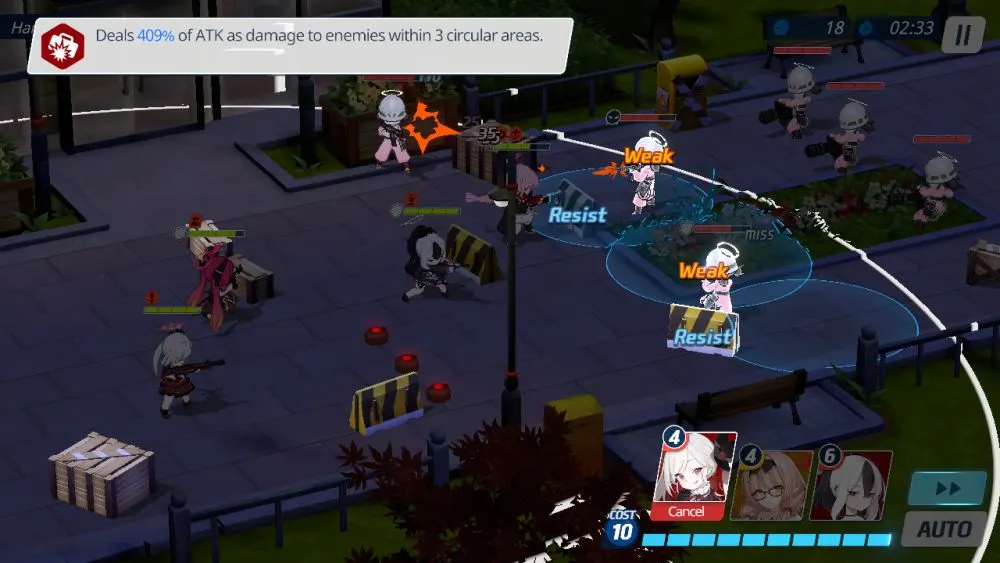
Regardless of the skill’s targeting mechanism, the game helpfully slows down when you select an EX skill. This will help you determine the optimum angle or position to fire an EX skill at. On the other hand, some skills have delays between the order and the actual effect, so you’ll need to master timing these skills. A good example is Ayane’s EX skill: while it heals all allies in a circle, there’s a notable delay before her drone actually drops healing supplies – meaning that allies can already have the circle you designated as the target for Ayane’s skill.
Reloading
Since they’re using firearms, both your students and enemies have to reload on occasion. A speech bubble with bullets means that this unit is reloading, and can’t attack.
Student Development Program
As a sensei, you’re going to become a prominent figure in your students’ lives, whether you like it or not. Helping them grow both in combat and as people is part of your job, and character levels will only get them so far. With that said, let’s run you through the many ways you can help your students grow!
Commissions
Commissions are for senseis who are running out of credits or activity reports for leveling their students. These can be done as many times in a day as you want. The catch is that they use AP. There are two commissions that are available in the game right now.
The Ruined Munitions Factory pits your students against a swarm of robotic cube. They don’t do much damage, but there are lots of them. To clear this commission, you’ll need to eliminate all the cubes within the time limit. Since they have the Heavy armor type, it’s best to bring students that deal Piercing damage. Area of effect damage is also highly recommended, as the robots tend to bunch up. It may also be worth switching one or both of your Specials to someone who can assist with DPS.
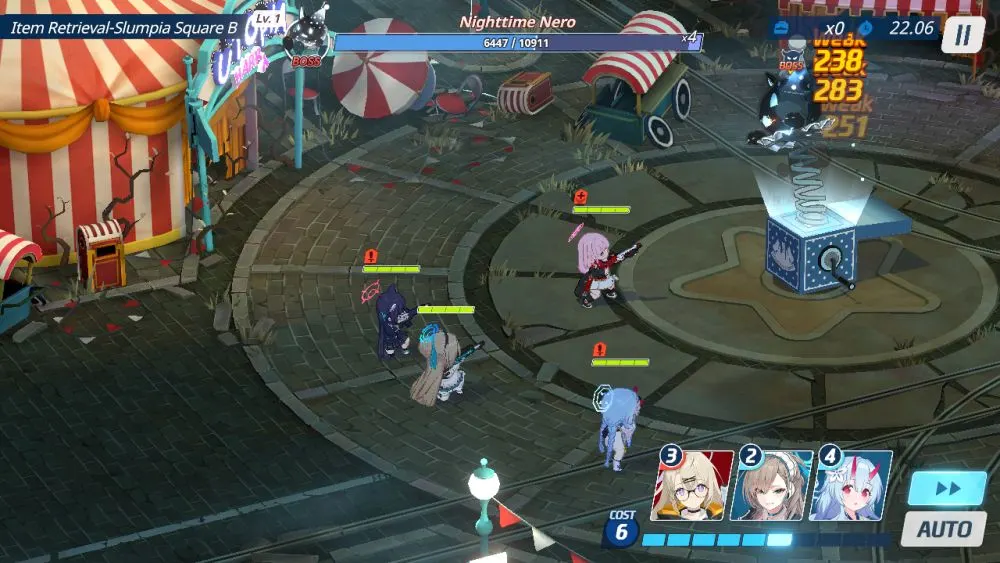
Slumpia Square nets you credits for clearing it. In this commission, your students will face off against a high-health foe that doesn’t attack. This enemy, Nighttime Nero, has a lot of health, but doesn’t attack your students. Your main opponent here is the timer – you have 30 seconds to deplete Nero’s HP in each round. Each time you drop him to 0 health, he’ll respawn with more maximum health than before.
To get the most out of Slumpia Square, you need to defeat him 5 times in one go. For best results, use students that do Mystic damage, since Nero’s armor type is Special. Don’t bother with healing supports either. Instead, add Specials that can buff the attack of your Strikers or can contribute to their DPS.
Bounties
Bounties are special battles that can each be completed twice a day. They’re the main source of skill upgrading materials for both EX and regular skills, so make sure not to miss these!
In Bounty battles, your students will be fighting the Kaitengers, who look like characters straight out of a tokusatsu show. These five multi-colored bosses will put up quite a fight, especially on the higher difficulty settings, but the harder the mission, the more rewards you can get.
Unique to bounties is an academy bonus. By assembling teams made of students from the same academy, you can get an attack bonus from a good 25% to an insane 250%!
Skill Leveling
You can upgrade your students’ skills with all those tech notes and DVDs you’ll be getting from Bounties. Skill upgrade materials can also drop (although rarely) in certain stages.
EX skills require different upgrade materials from other skills. For EX skills, you’ll need training DVDs that are exclusive to each school – so there’s an Abydos DVD, a Gehenna DVD, and so on. EX skills also require an additional material that will vary depending on the student. If you’re not sure where to get these resources, you can tap on them to see where you can get them from.
Regular skills need tech notes to upgrade. These are generally easier to get than DVDs, but it’s wise to ration them out anyway as the cost of leveling skills up gets more expensive each time you do it.
Equipment Upgrade and Transformation
You can upgrade the equipment that each student carries so she can get more mileage out of it. This is done by tapping Level Up on her info card, beside her equipment panel.
Upgrading equipment costs credits and upgrade materials. You can use other equipment or enhancement stones from the Angel 24 Store to level them up. Upon reaching their level cap, they’ll need to be transformed into their next tier. For this to happen, you’ll need blueprints, which drop
Mystic Unlocks
Mystic Unlocks increase a student’s rarity, her base stats, relationship level caps, and may give her a new skill. These are done by going to the Unlock Mystic button in a student’s info card.
To upgrade a student this way, you’ll need enough of her Eleph. Eleph comes from pulling multiple copies of a student from the character gacha, or from Hard Mode stages. You can also buy Eleph from the Angel 24 Store using Eligma, but take note that the more of a student’s Eleph you buy, the more Eligma it costs. You get Eligma in the gacha – every single pull gets you a small amount of Eligma.
The more you upgrade a student via Mystic Unlocks, the more Eleph you’ll need for the next upgrade. It costs a hefty amount of credits, too – but the stat gains and unlocks are pretty substantial.
Angel 24 Store
Since I’ve already mentioned it, let’s talk about the Angel 24 Store.
This in-game store is well-stocked with upgrade materials, Eleph, and other stuff. Take note that its regular stock refreshes after rollover (4am JST), so you’ll want to buy up all the stock whenever you can.
You can also use currency from boss raids (Total Assault) and PVP (Tactical Challenge) at the Angel 24 store.
Quests
All these development activities are sure to put a dent in your resources. Make sure you complete Blue Archive’s daily quests by tapping Tasks in the upper left of the main menu. Complete enough daily and weekly tasks and you’ll even get some Pyroxene for your trouble.
New senseis will also be placed in a beginner program. This 7-day course is loaded with milestones and goodies for new players. Even better is that you can get Nonomi – a 2 star character and a good DPS in her own right – by completing enough of these beginner quests.
Relationship Level
As you get closer to your students, their Relationship Levels with you will increase. These levels are important as each new level gives students a permanent, passive stat boosts.
At certain Relationship Level thresholds, you’ll gain access to an event that will unlock the Live 2D of a student that you can use for your menu screen.
Momo Talk
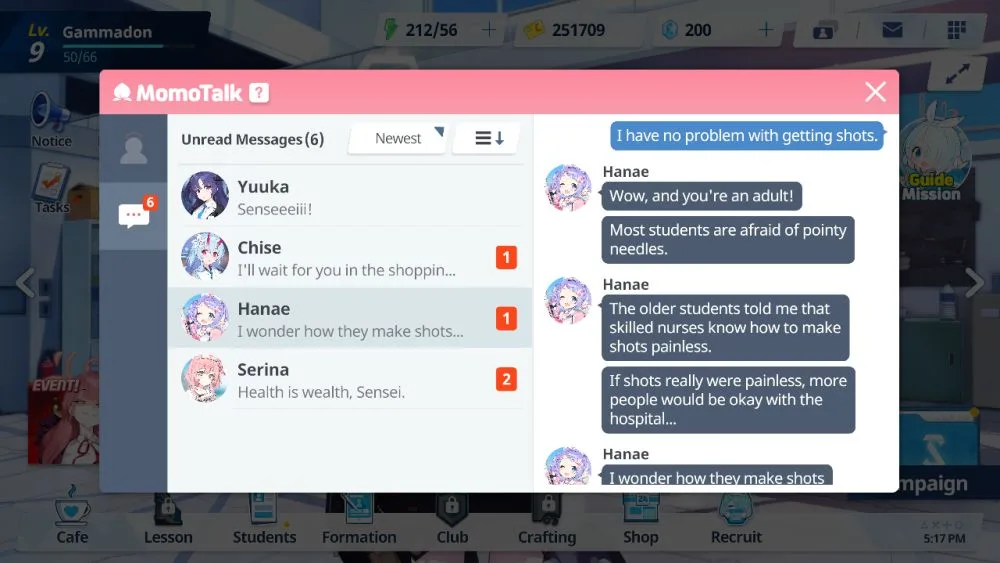
Momo Talk is an in-game app where you can send and receive messages from your students. In gameplay terms, Momo Talk serves as where you can read and access Relationship Level stories with your students. These stories give you glimpses into their daily lives, and give you Pyroxene for completing them.
Cafe
The cafe is unlocked after you clear stage 2-1.
The cafe is a facility where your students can kick back and relax. It passively generates credits and AP depending on its comfort level. The cafe can only hold so many resources so make sure you claim them before they overflow.
Students will randomly visit your cafe. If you’re lucky enough to have a student you recruited appear in the cafe, you can tap her to get some Relationship exp. Visitors to the cafe will randomly cycle after roughly 10 hours. If you’d like to target a particular student for relationship boosting, you can invite her to the cafe via the invitation ticket. This has a long cooldown, so make sure you plan ahead. Take note that you can’t build up Relationship exp for students you don’t have yet!
It’s also via the cafe that you can give gifts to your students. Tap Gifts on the lower left panel, then tap and drag a gift on to a student to give it to her. A smiley face above each students indicate how much they’ll like the gift. While they don’t dislike any gifts, giving them gifts they like is much more effective.
You can add furniture to your cafe via the lower left panel. More furniture increases the cafe’s comfort, leading to better income. If you’d like to rearrange your cafe’s layout, you can do so via the Edit button on the same panel.
Make sure to rank up your cafe by tapping the Comfort panel beside the Cafe Earnings panel. Ranking up your cafe will increase the number of students that can visit at once, the maximum comfort, as well as the production and storage cap of credits and AP.
Crafting
Crafting is where you get furniture, gifts, and other important resources.
Unlike in other games, crafting in Blue Archive isn’t exactly deterministic. You start crafting by adding Keystones or Keystone Pieces to Schale’s special 3D printer. The more Keystones you give it at the start, the higher the chances of getting rarer nodes down the path.
There are 4 segments in crafting, and at each junction, you’ll be asked to pick one of several nodes. The first node selection determines what kind of item you’ll get. Resetting here won’t help, as nodes seem to be tied to your account. There’s a lot of nodes to pick from – activity reports, gifts, furniture, tech notes, upgrade materials, and more. Once you make your selection though, there’s no turning back, not even if you close the game.
After you select an item, you’ll be taken to the second junction, where you can add more items of the same type you selected to unlock more nodes. Alternatively, if you’re satisfied, you can start crafting at this point.
Crafting takes time, depending on the item. You can rush the crafting time via crafting tickets. You can also craft up to 3 items at once, so get those printers cranking.
Lessons
What kind of teacher doesn’t put in classrom time? Lessons are open once you clear stage 2-4.
Lessons let you get Eleph while raising your students’ Relationship Levels. You can hold up to 3 lessons a day, shared between multiple locations. These lesson tickets refresh daily.
Similar to the cafe, different students will be staying in different rooms every day, and only they will gain benefits from your lessons. Once again, you don’t get points for holding lessons for students you don’t own. Regardless of whether or not you get resources from a lesson, you’ll also get 100 location exp for that area, unlocking more rooms to hold lessons in and netting you some training materials for students. As you level up your locations and hold more lessons, your ticket capacity increases.
Some areas need to be unlocked; for example, the Abydos school area requires that you have at least 3 Abydos students in your roster.
Find Pyroxene
Pyroxene is Blue Archive’s premium currency. You’re going to want a lot of it as it’s by far the fastest way to roll for characters.
First and foremost, redeem your global Blue Archive release bonuses in your mail. There’s a lot of Pyroxene to be had, perfect for building up your starter roster. Your mailbox can be accessed in the upper right of the main menu.
There’s other ways to get Pyroxene too. Daily and weekly quests give small amounts of the stuff, but it’s better than nothing. Achievement milestones such as hitting certain levels or clearing certain stages can also give you some Pyroxene. One-time challenges for Hard Mode maps also exist for beating them under a time limit. Hard Mode maps also have a gift on their tactical map that gives a one-time bonus of 50 Pyroxenes.
Getting 3 stars in all of an area’s stages entitles you to a clear reward, a hefty sum of 200 Pyroxenes. To do this, you’ll need to fulfill the conditions for 3 stars as written in the upper left of the tactical map screen. S-ranking a battle requires you to not lose any student while completing the battle in 2 minutes or less. Clearing each stage for the first time also gives a small lump sum of Pyroxenes. It’s not much, but it adds up as you progress through the campaign.
The first time you clear a main stage, you’ll have to clear its sub stages to proceed. Sub stages are straightforward battles that usually consist of the enemies from the main stage you just cleared. There’s no S-rank requirements for these – you just have to clear them. Every sub stage drops 20 Pyroxenes after clearing it.
Run Total Assault Whenever It’s Available
Total Assault is Blue Archive’s take on raid bosses. It’s available after you clear stage 4-1.
During Total Assault, you’ll need to take down tough enemies that have skills of their own. These bosses have HP in the millions and will serve as a test of your team composition and how well you command your students.
You’re given 3 Total Assault tickets every day, and each attempt will consume a ticket. If you’re worried about spending a ticket and performing poorly, you can opt to try a mock battle against the raid boss instead. If you lose a team, you’ll be allowed to send another team of 4 in to continue where the first group left off.
However, you won’t be able to use the same students in the first team. Take note that you only have one hour to return to the battlefield, so make sure you have lots of students on standby. Also, unlike Blue Archive’s other battle modes, tickets lost will not be refunded if you fail.
After you clear the level, you’ll be given a score based on how well you did. Factors that influence your score are if you managed to reduce the boss to 0 HP, the difficulty level and how quickly you cleared the raid. This score is cumulative and is used to determine your placement on the high score leaderboards once the raid season ends. Not only do you get prizes based on your final ranking, but you also get rewards just for hitting certain point thresholds!
Apart from these prizes, Total Assault also gives valuable Total Assault coins. These medals can be spent at the Angel 24 Store for Eleph and other valuable items such as training DVDs and tech notes. The harder the difficulty of the raid you complete, the more Total Assault coins drop.
You can also Sweep Total Assaults, as long as you’ve successfully completed a raid of the corresponding difficulty in the same day. If you Sweep them, you’ll gain points equal to your first score per Sweep.
Pick Fights Via Tactical Challenges
Tactical Challenge are Blue Archive’s PVP system. During Tactical Challenges, you’re given a selection of other players to fight. PVP isn’t in real-time. You’ll have to set up a defense team and an attack team for use in PVP. The same rules for battle formations apply – 2 Strikers and 2 Specials.
You’ll be placed in brackets with other players who started playing at around the same time as you. But it’ll take a while before you see them. Your first few PVP battles will most likely be against NPCs. Before selecting your opponent, you’ll be able to see their lineup of Strikers and Specials. If you don’t like your chances against the 3 opponents you’re offered, the list automatically refreshes every 2 minutes.
Unlike regular battles, manual controls are off during PVP. Your students will use their skills from left to right: whichever card comes up first gets used, then the second one in that hand, then the third. After the third card, the leftmost student’s skill will be used again. This makes team composition that much more important in PVP.
As you beat opponents, you’ll climb up in ranks. But when opponents beat you, you’ll drop a couple ranks. However, if you lose a battle that you initiated, you don’t move at all in the leaderboards. Like Total Assault, you get prizes based on your leaderboard placement at the end of the season. Even if you’re not a fan of PVP, you’ll get something just for showing up, so make sure you participate.
Tactical Challenges also give out coins just for participating. These coins can be used to redeem items at the Angel 24 Store.
Enjoy Your School Life
That wraps up our short lesson for new senseis. Learning is a lifelong process, and you’ll not only be able to pick new things up from your students, but also other senseis! If you have any other tips, tricks or stuff you wish you knew about when you were starting out in Blue Archive, let us know in the comment section below!

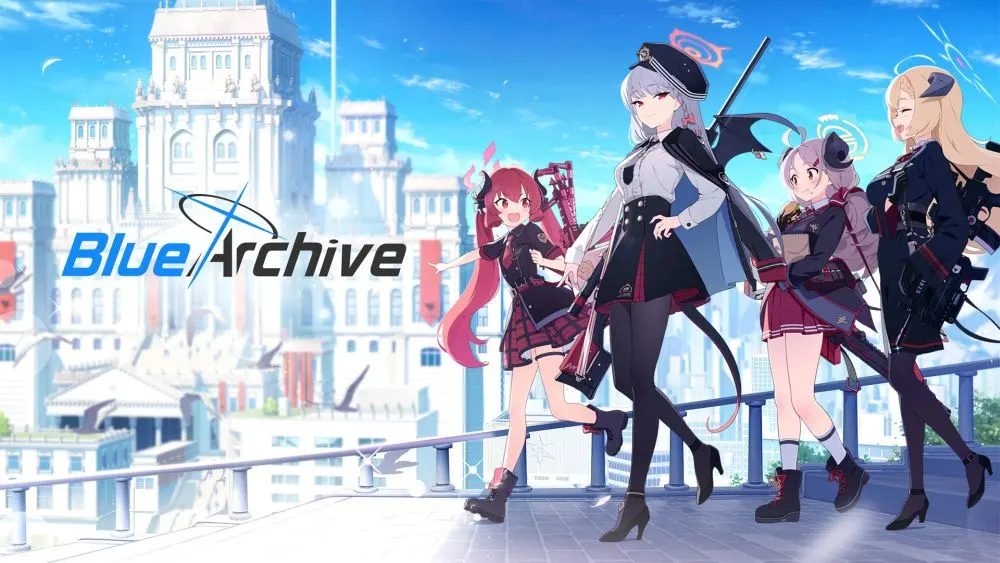
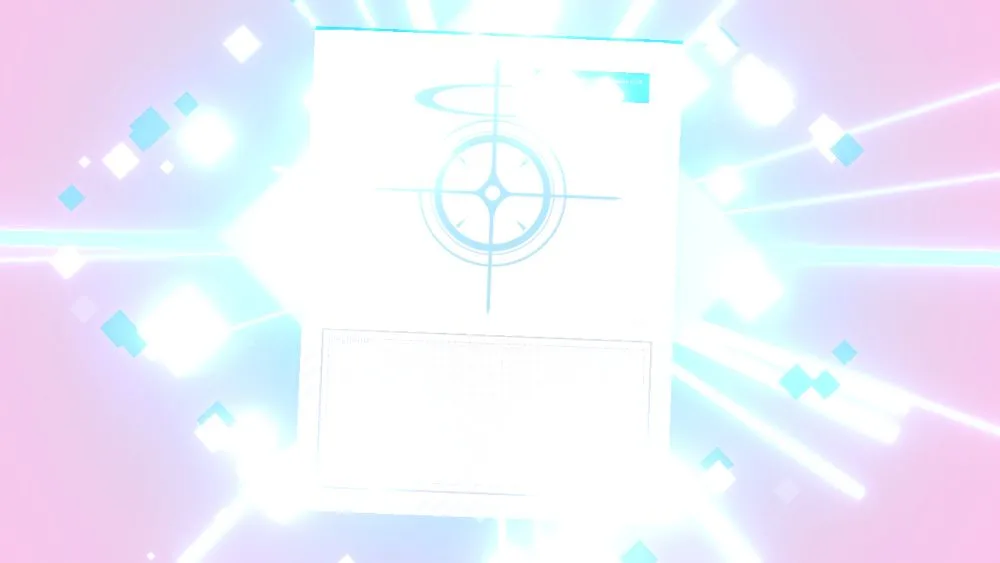
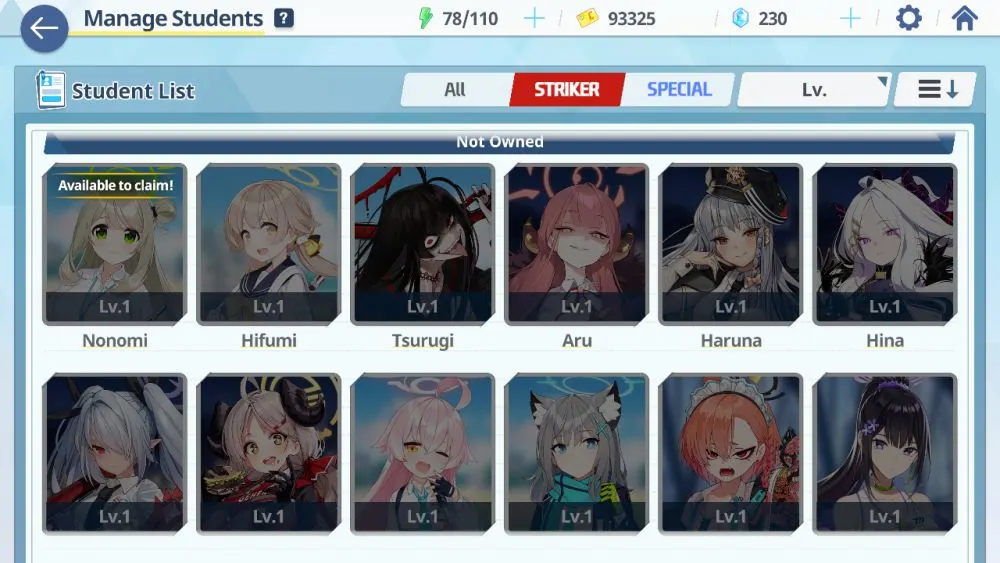
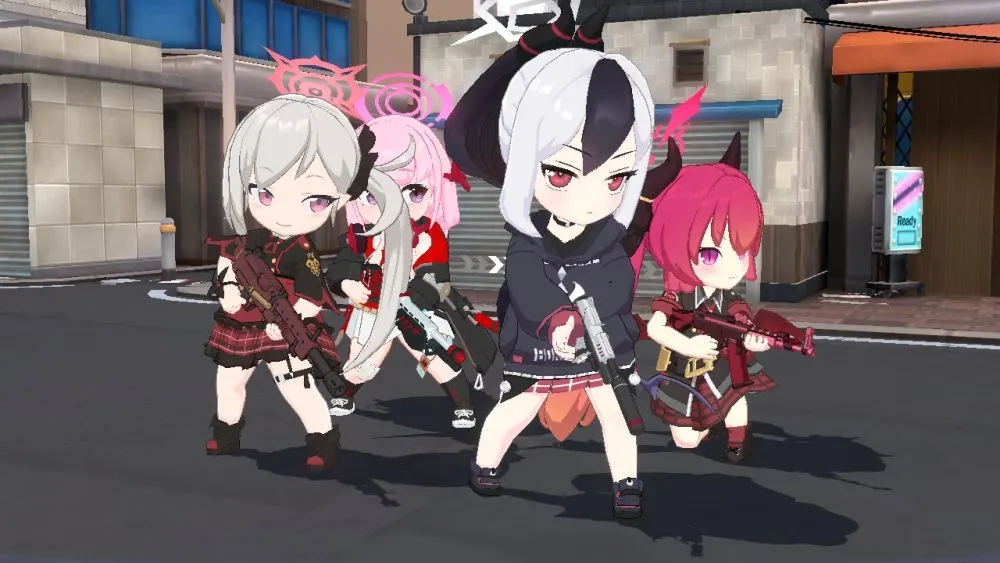
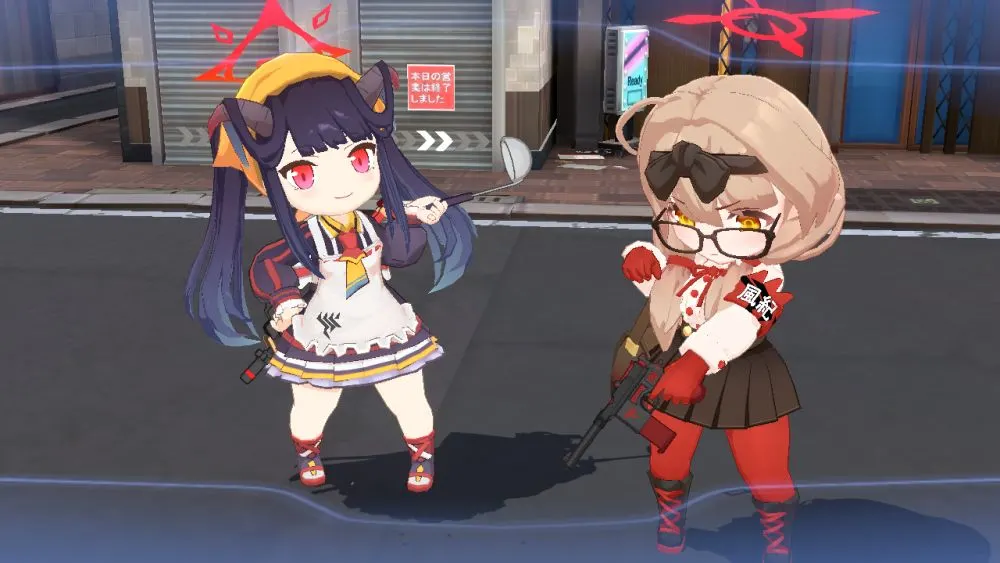
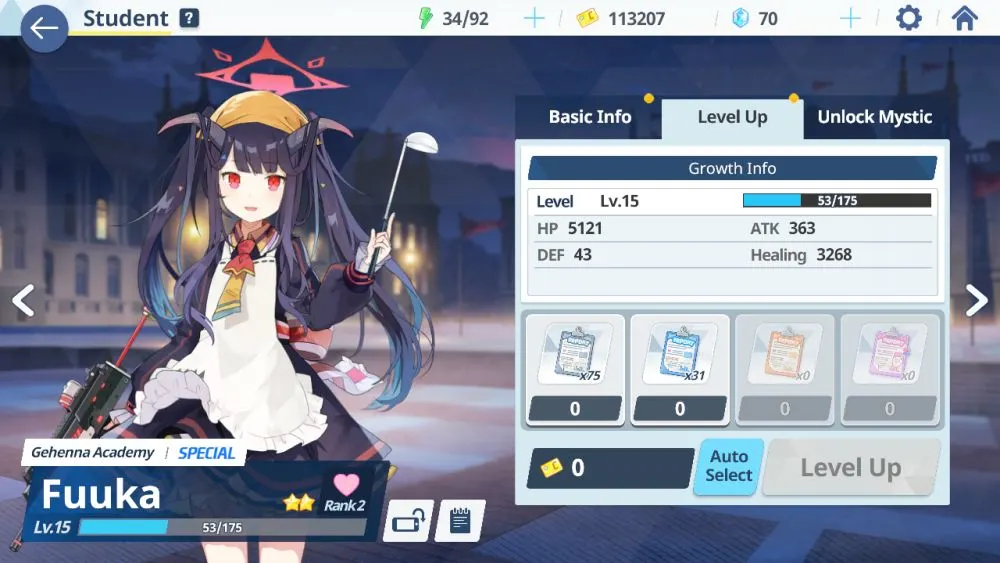
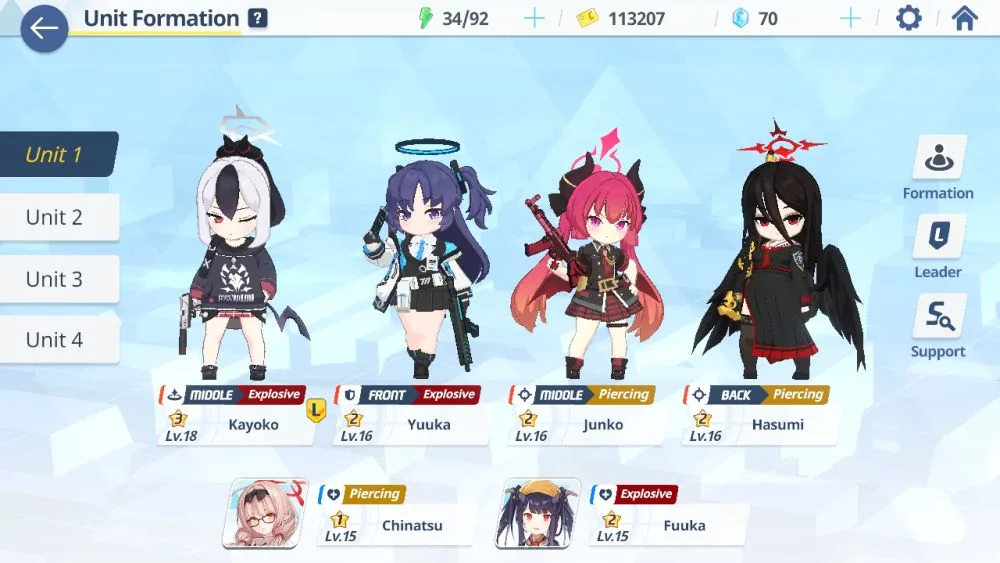
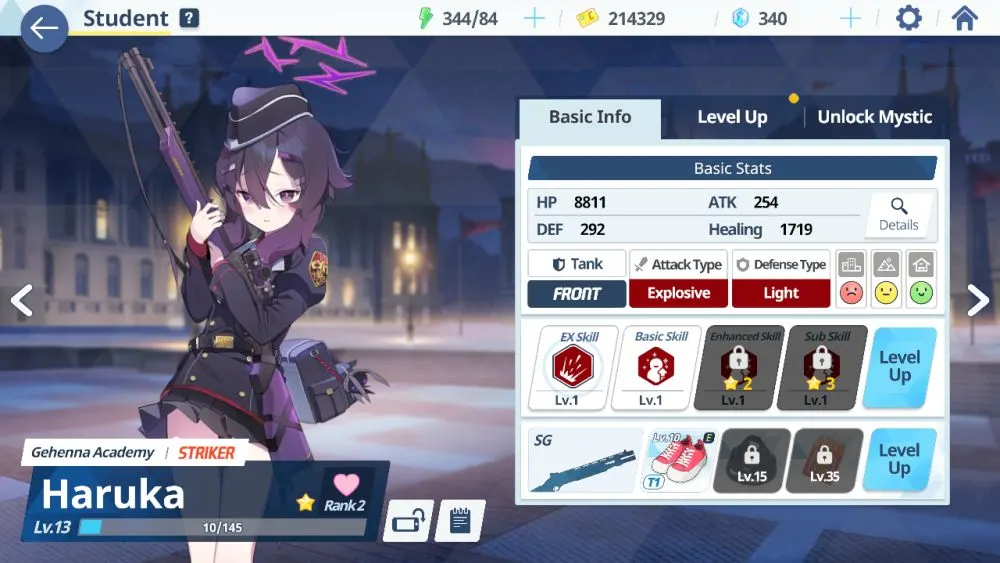
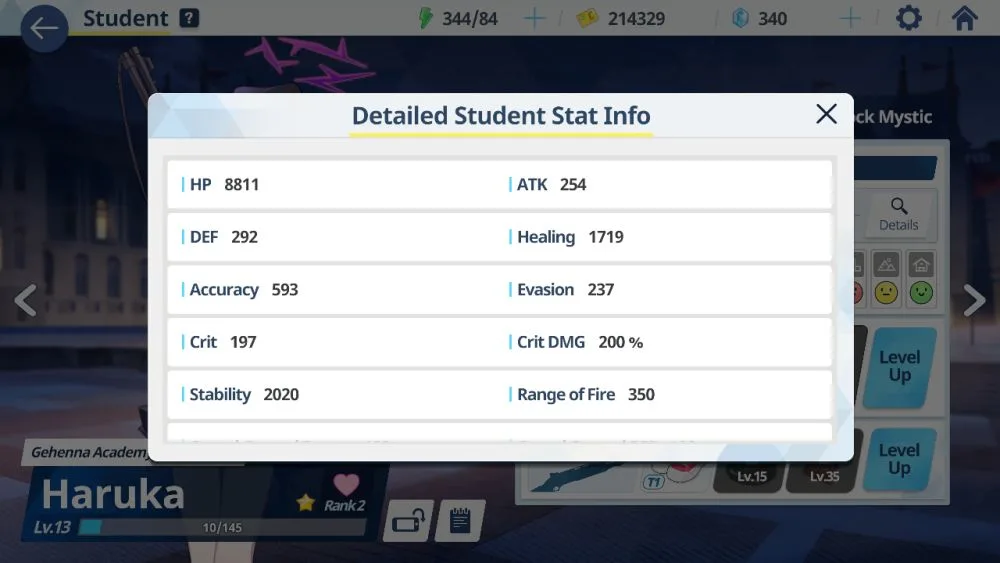
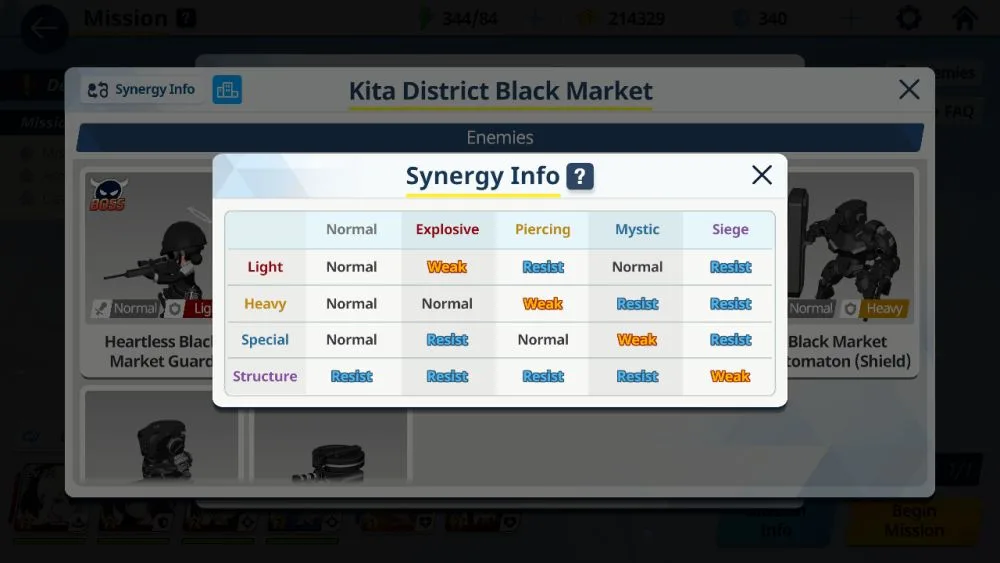
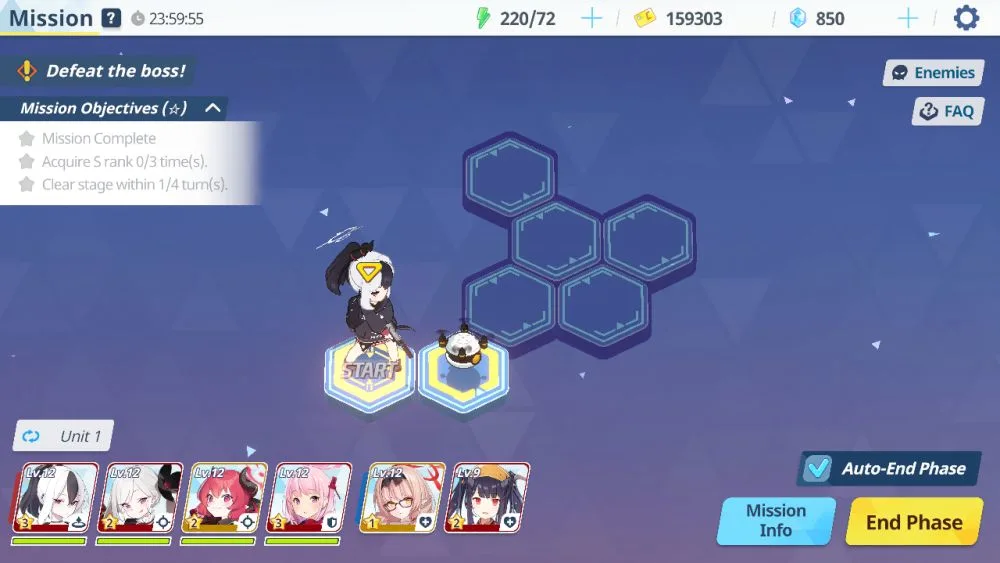
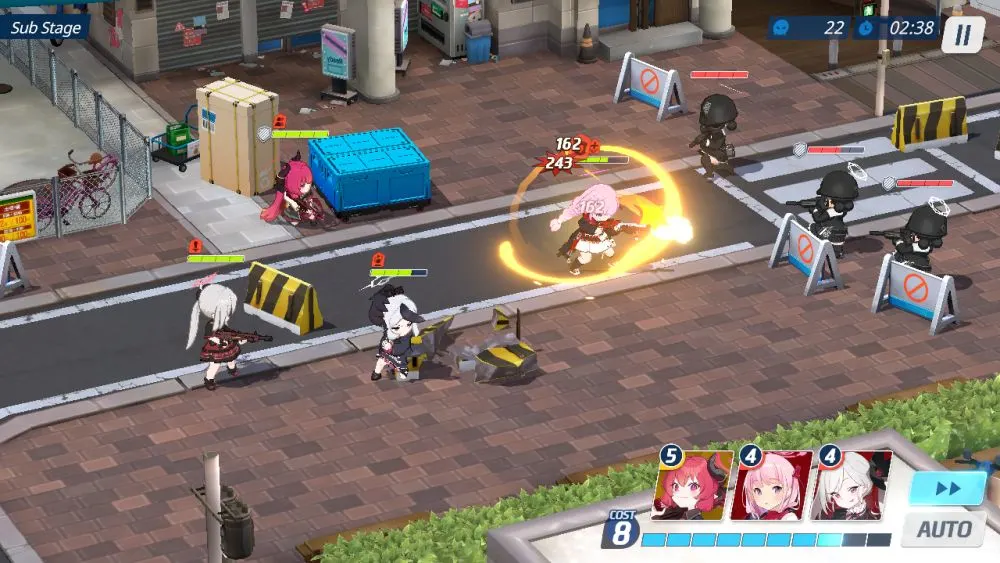
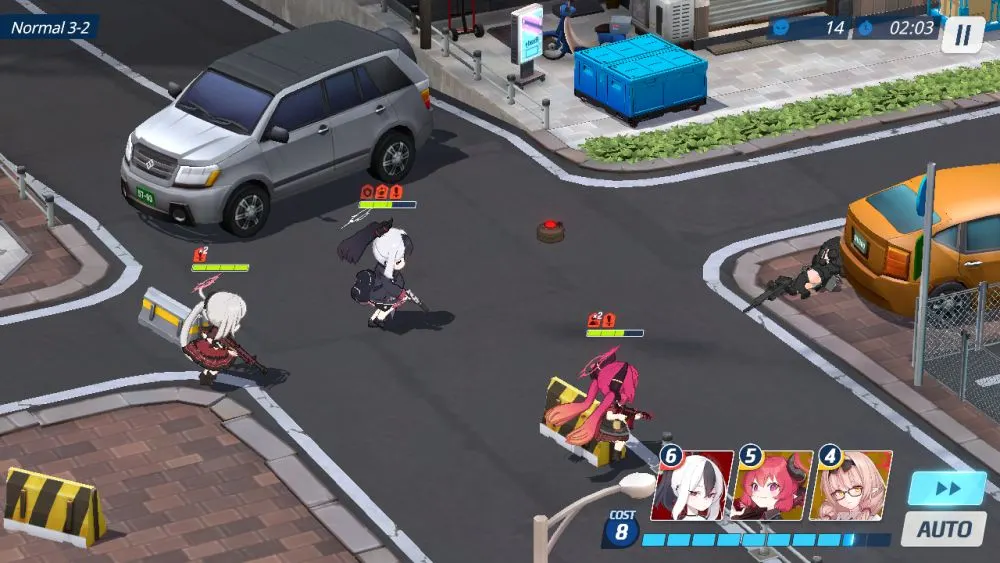
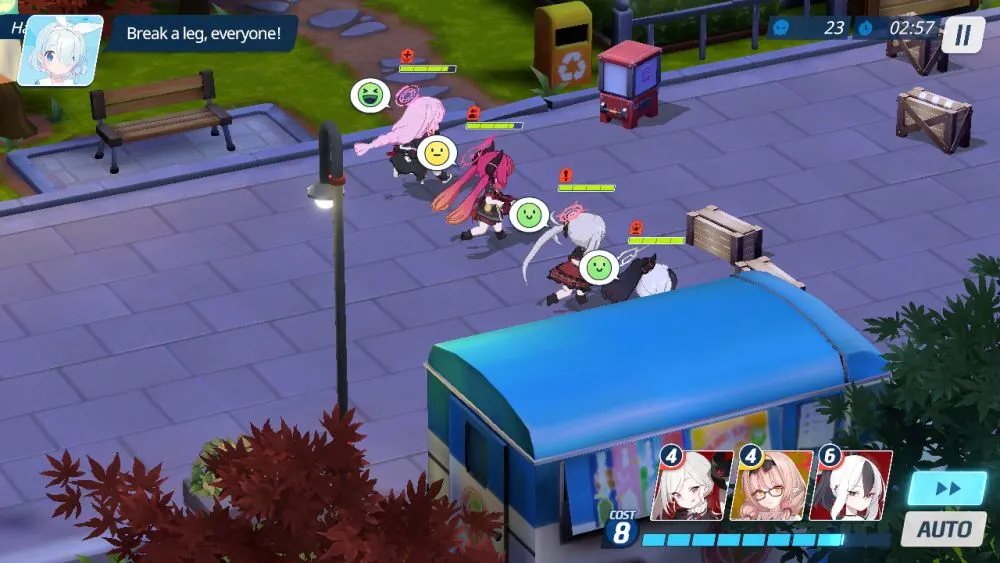
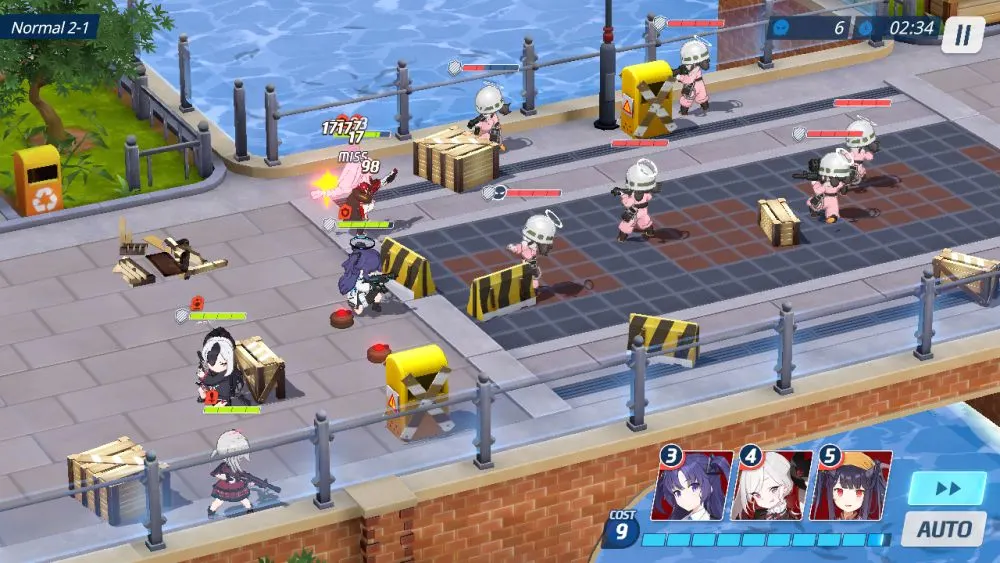
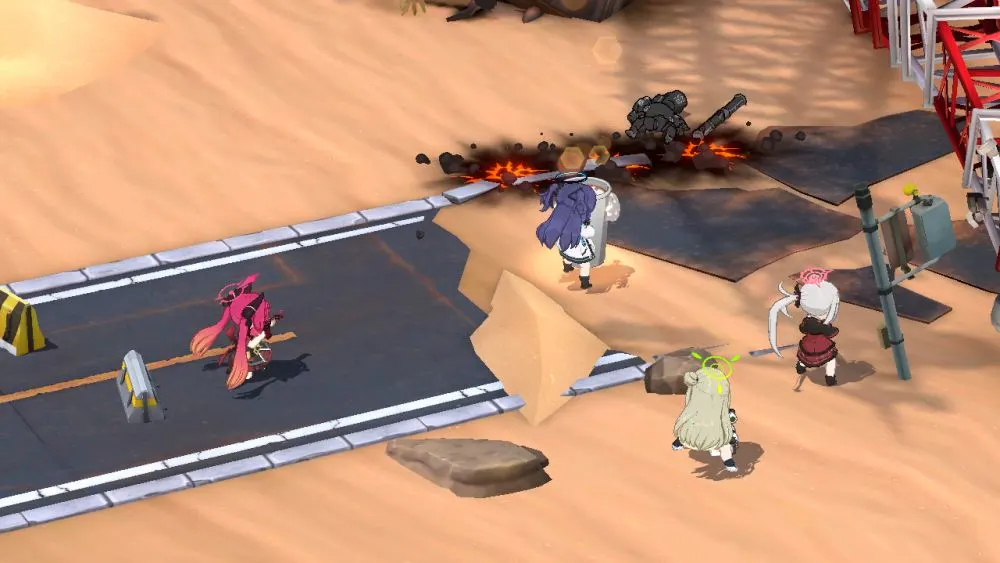
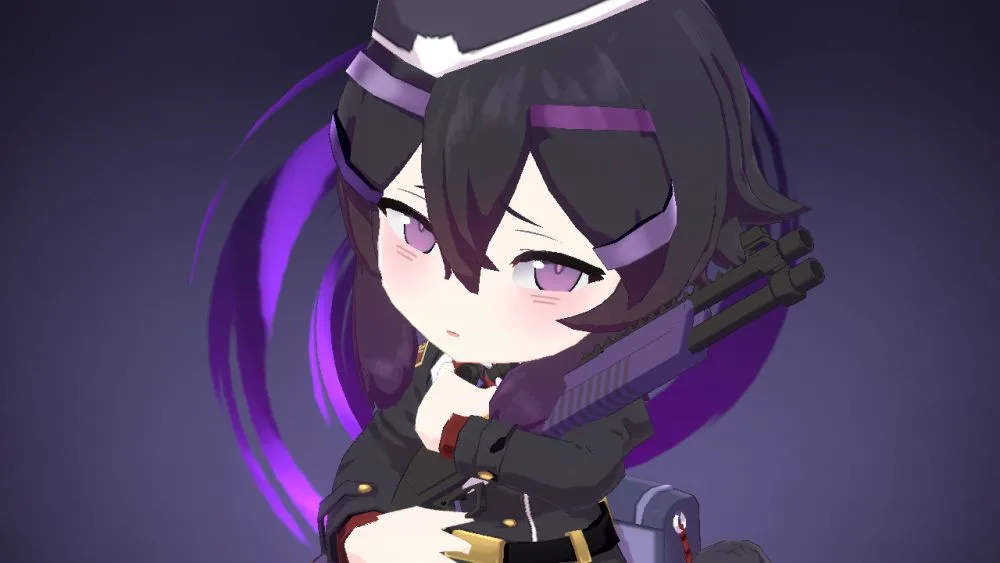
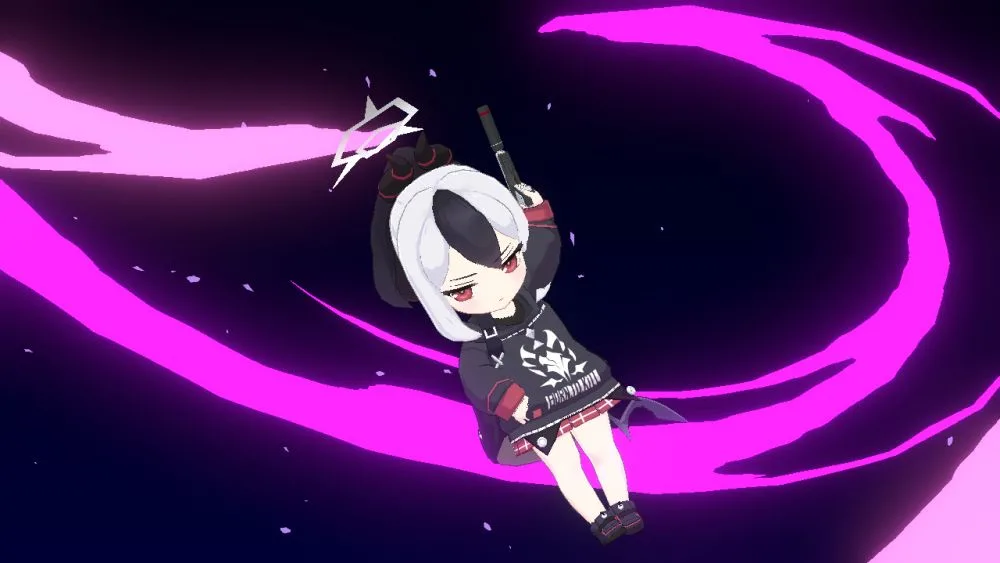
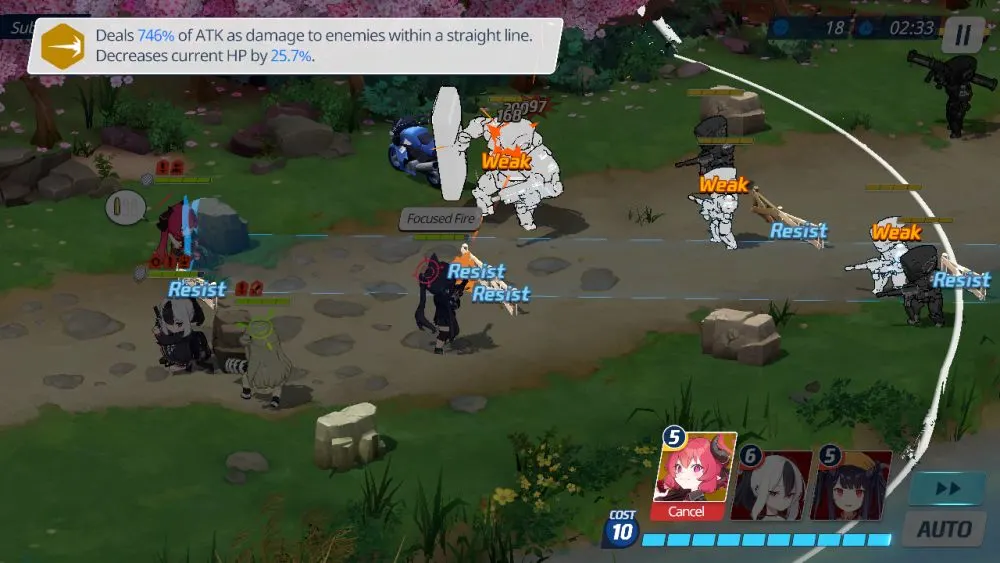
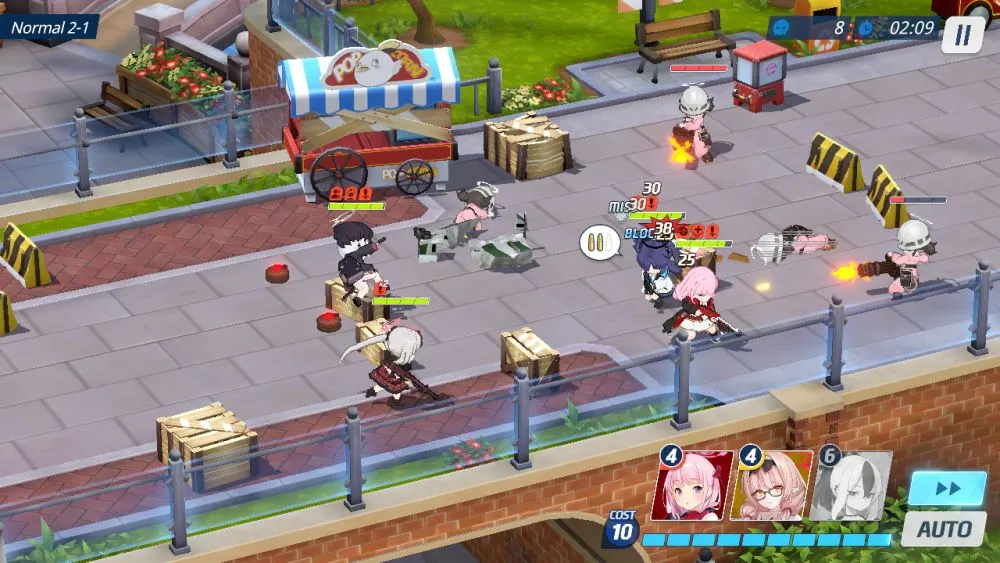
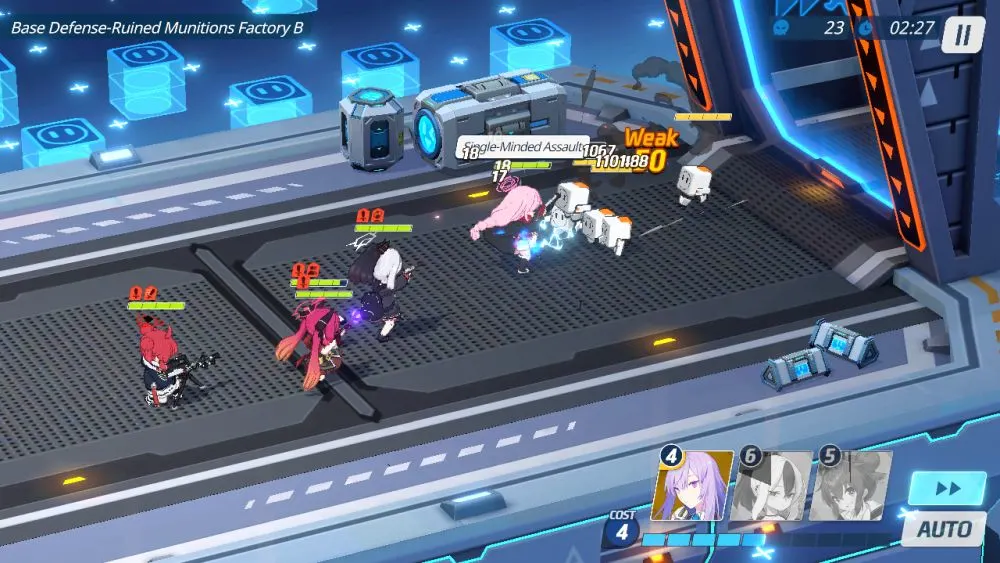
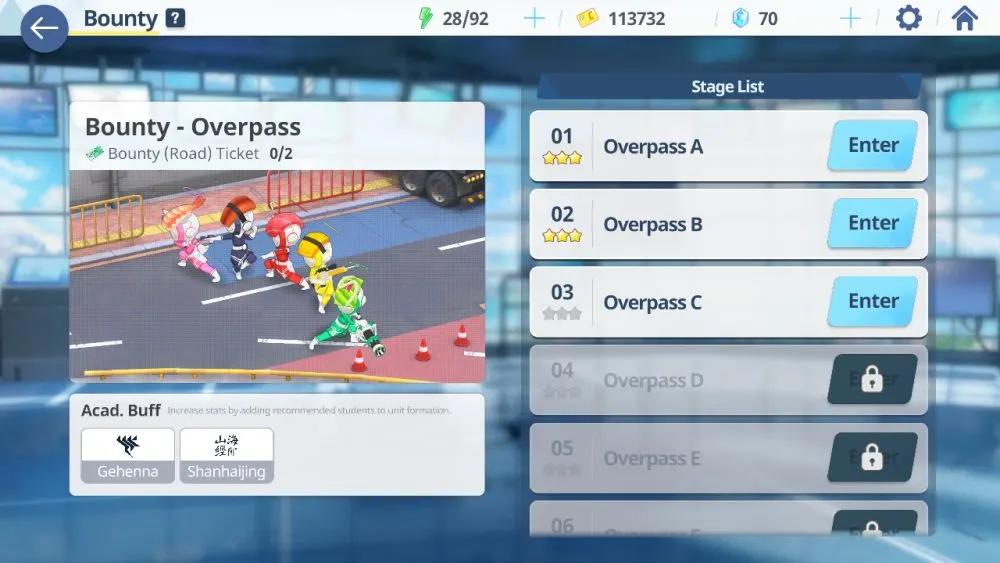
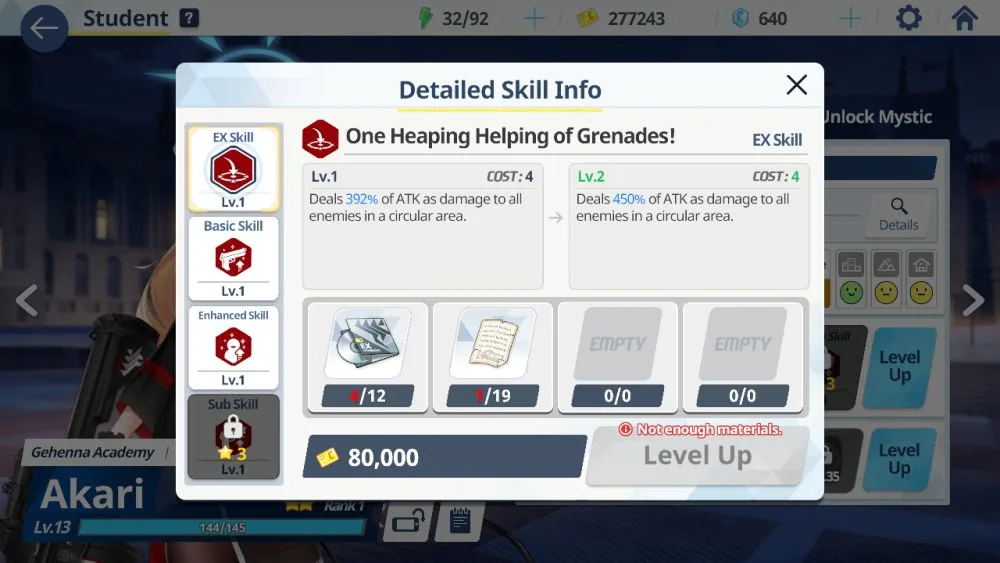
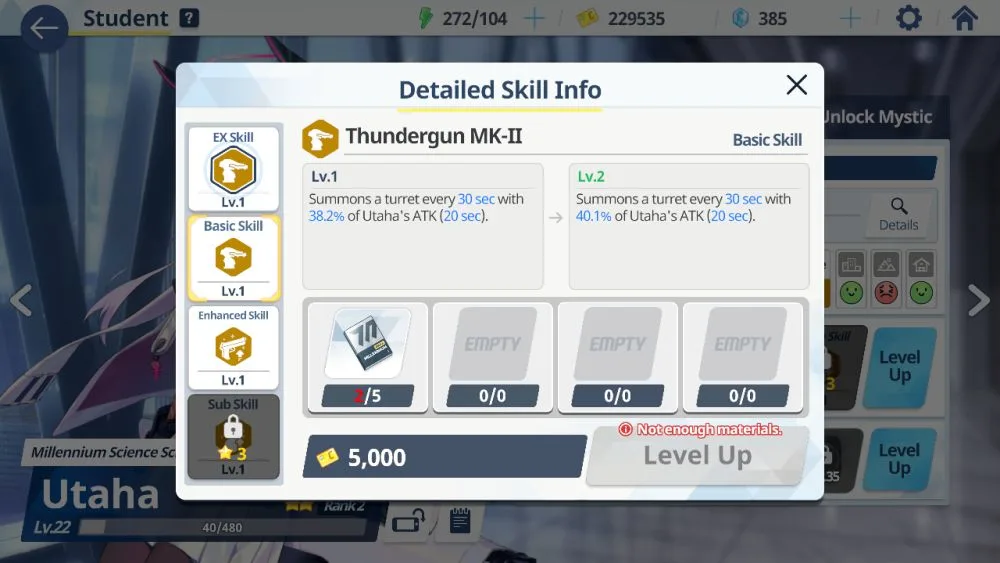
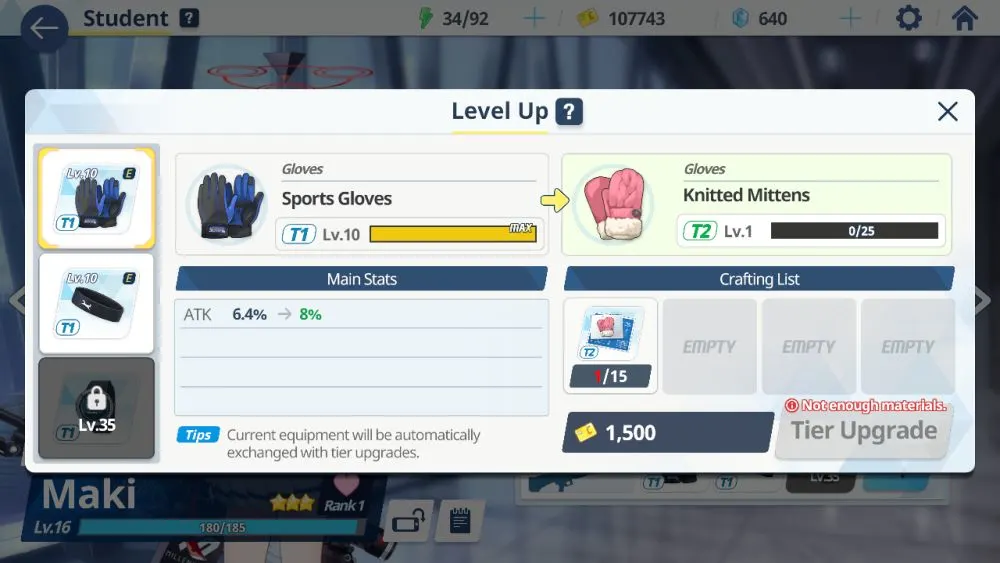
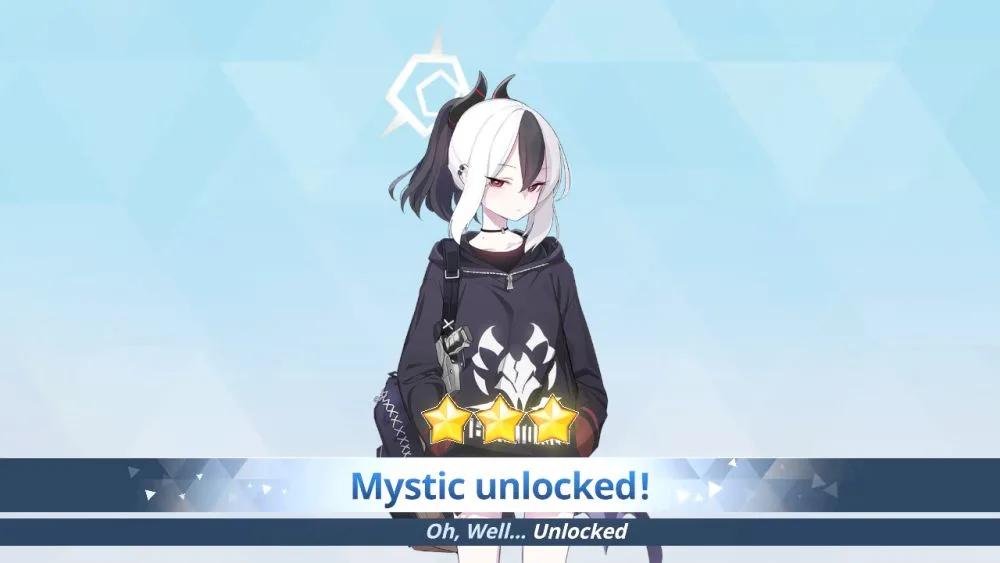
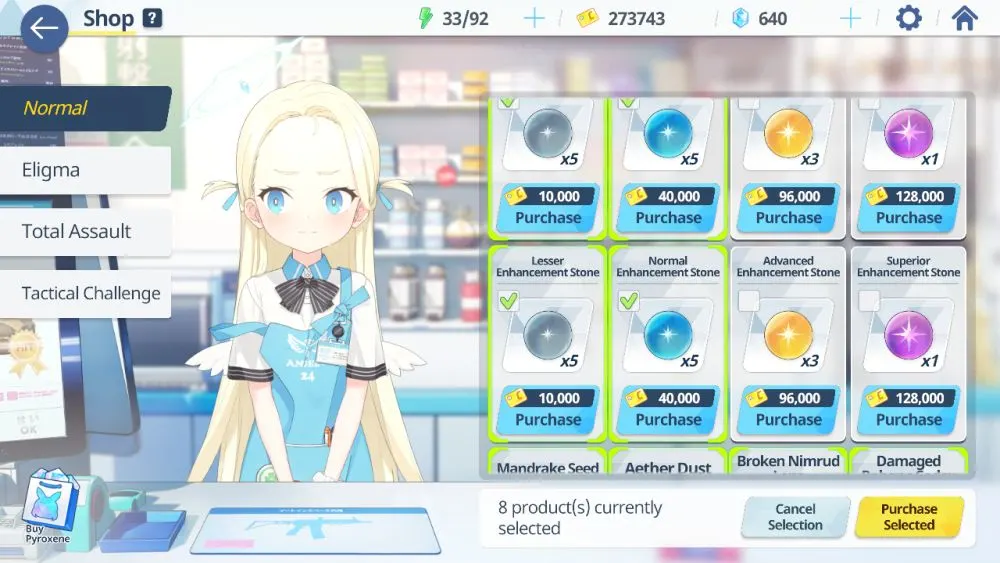
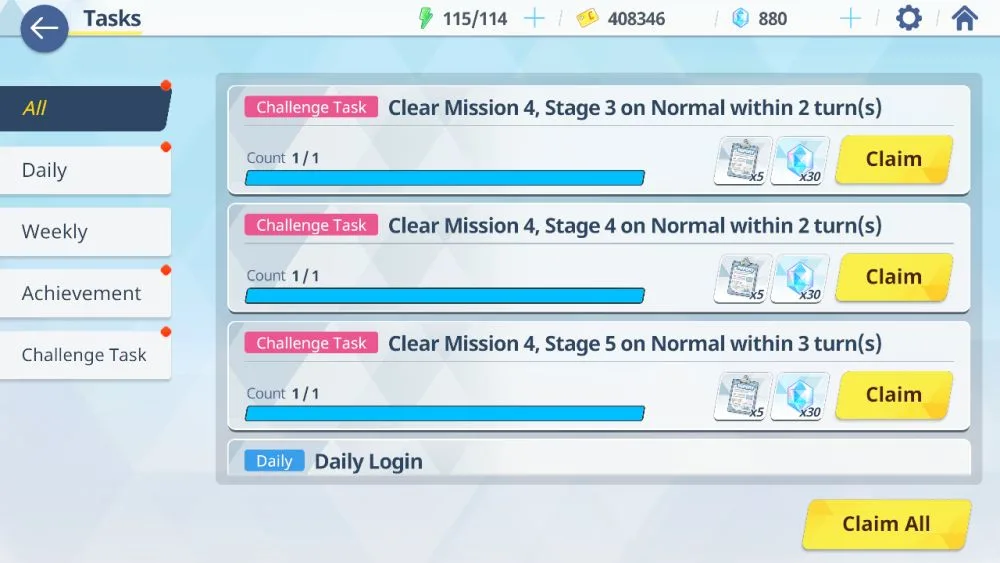
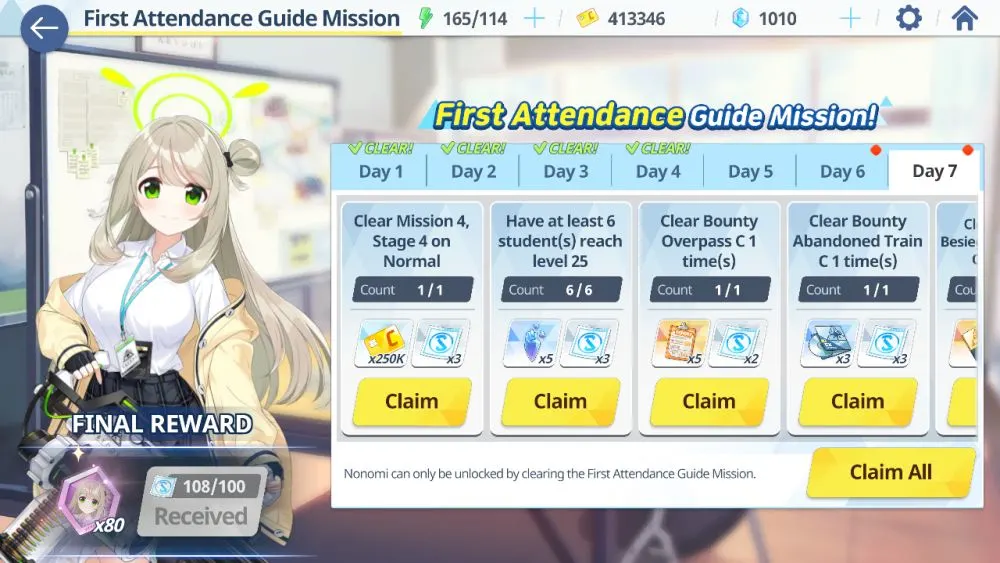
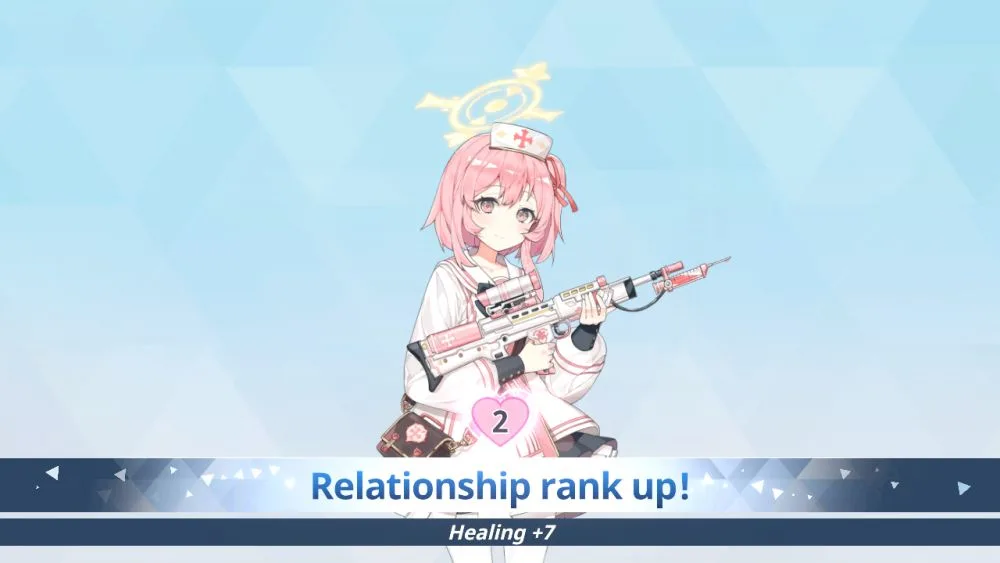
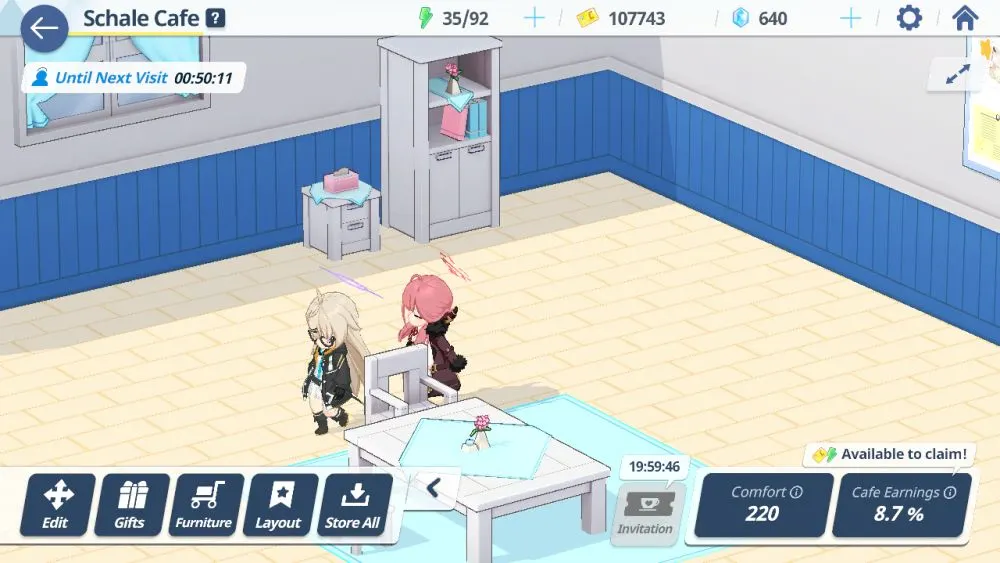
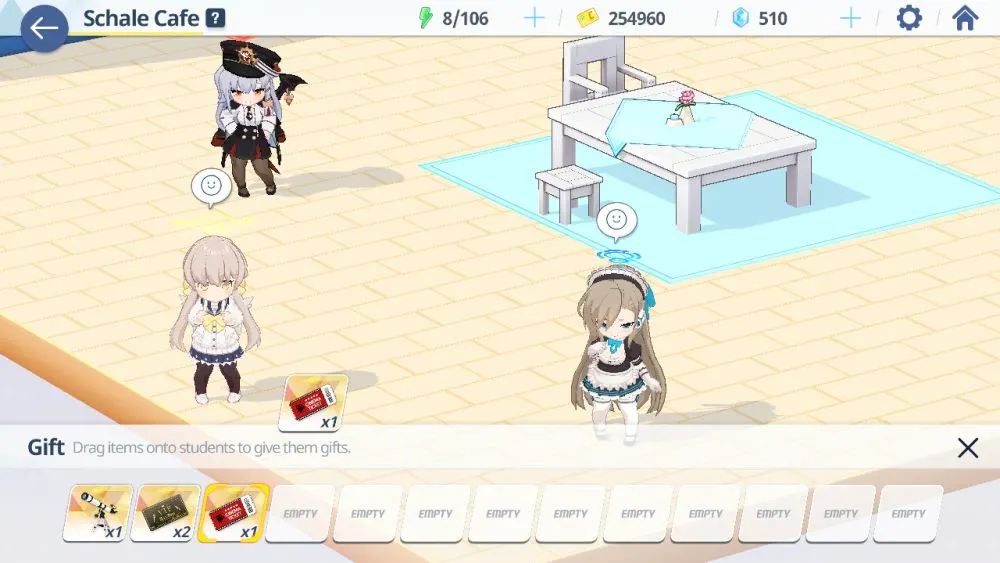
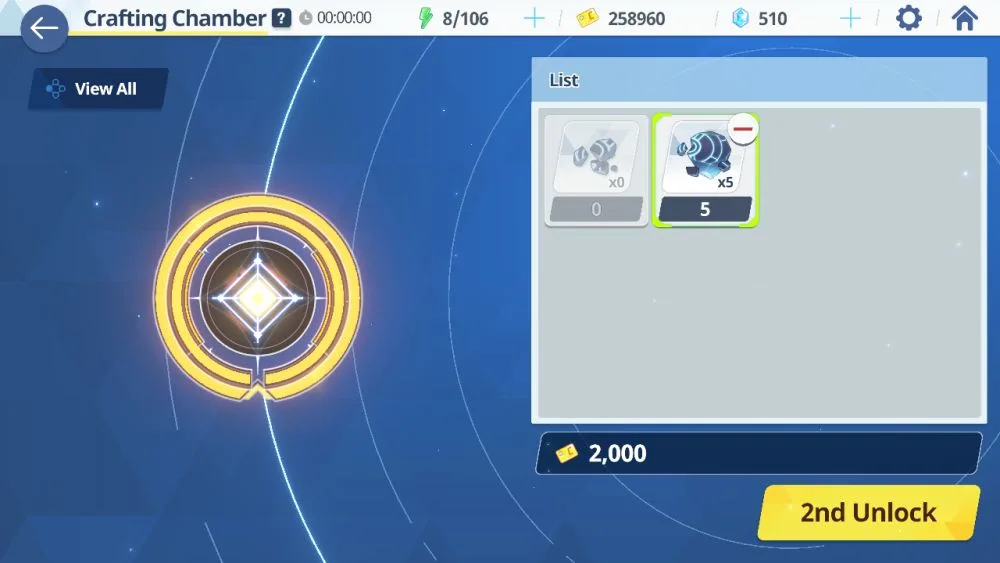
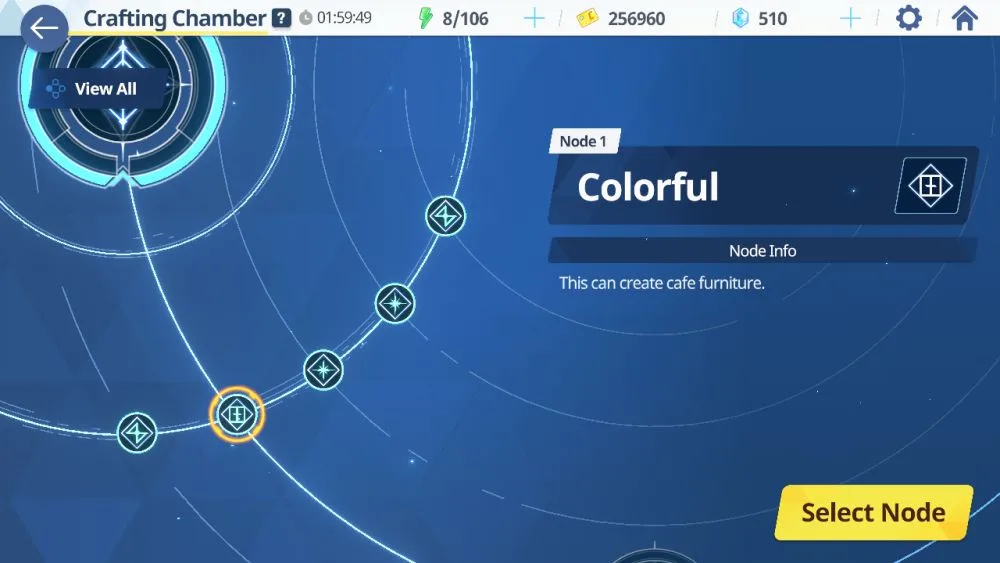
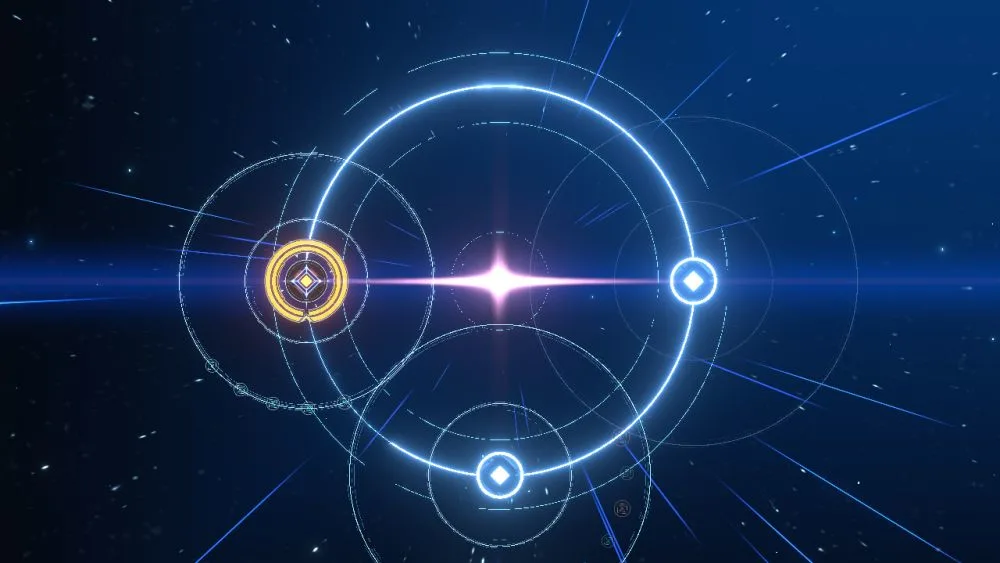
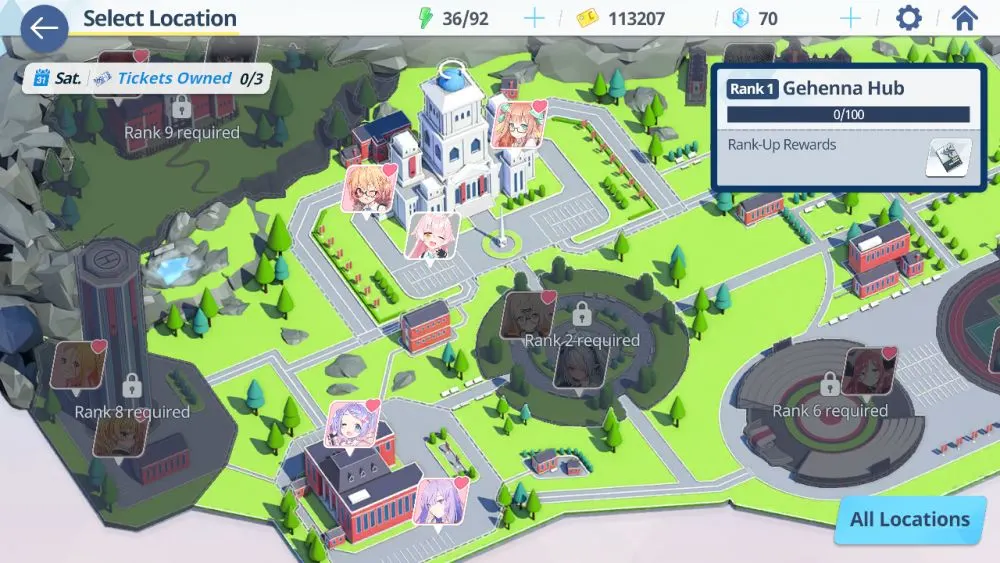
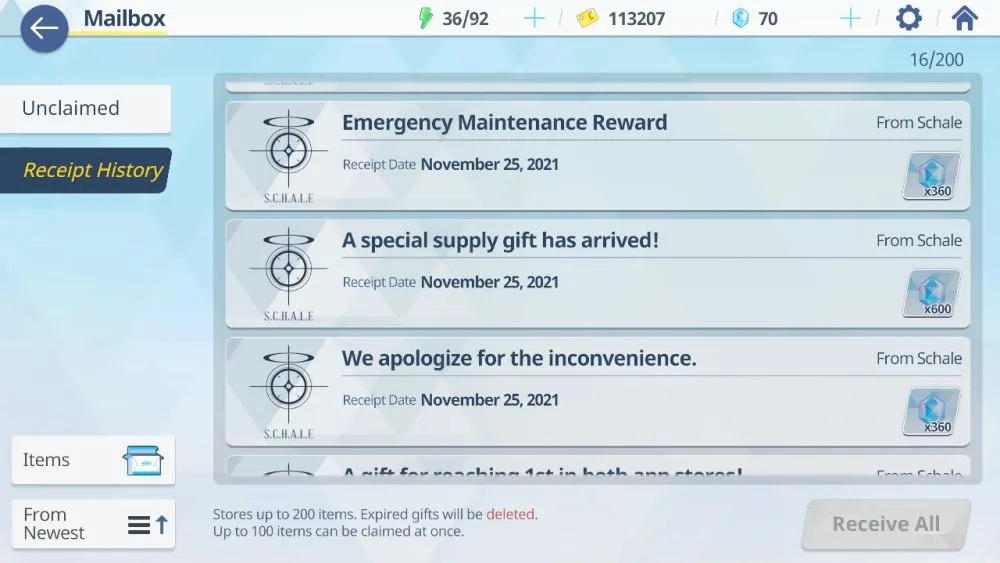
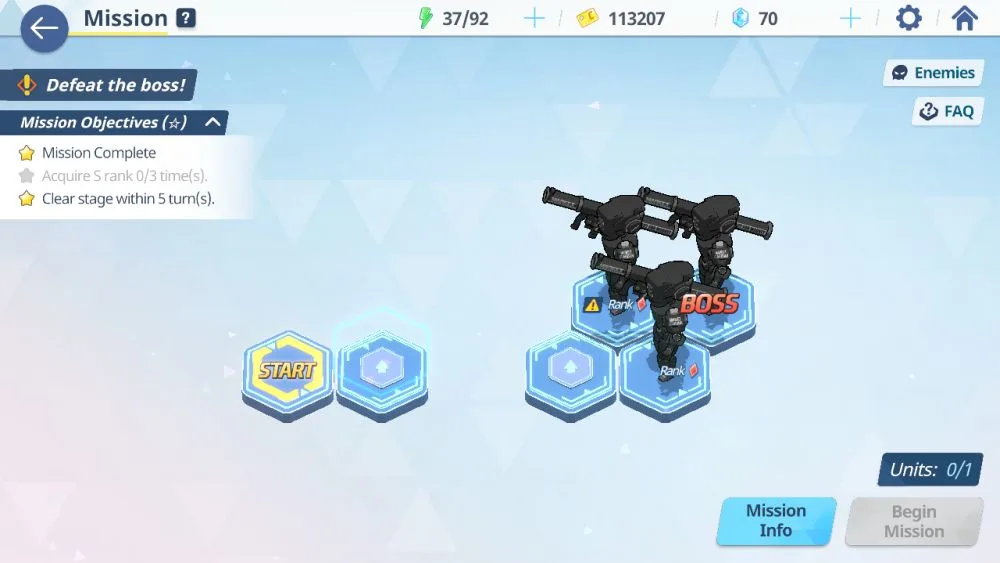
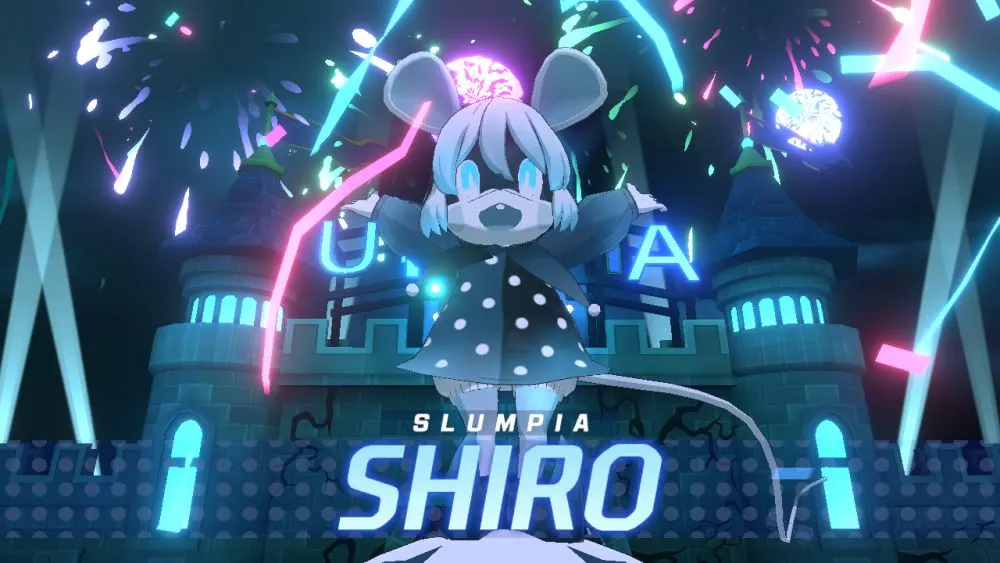
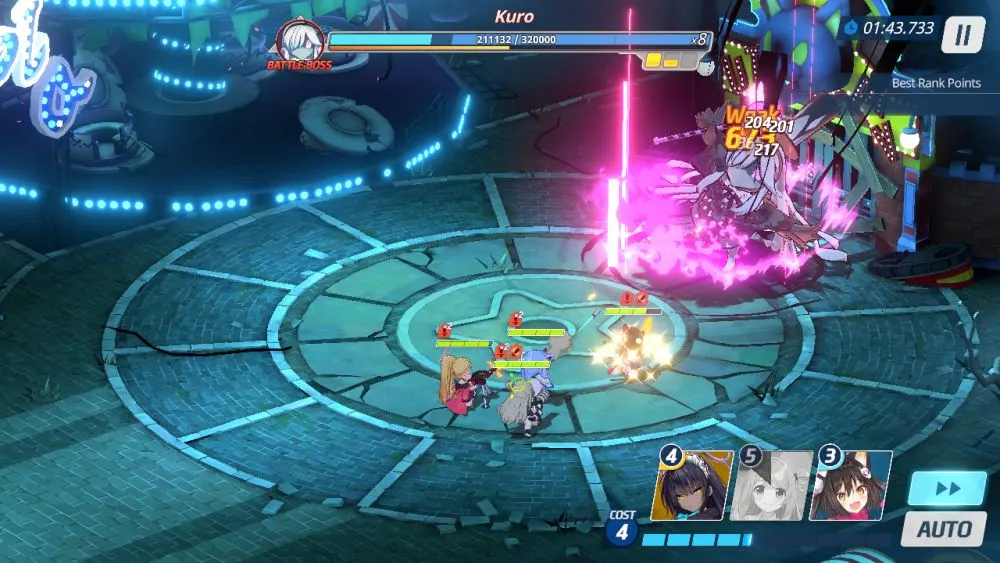
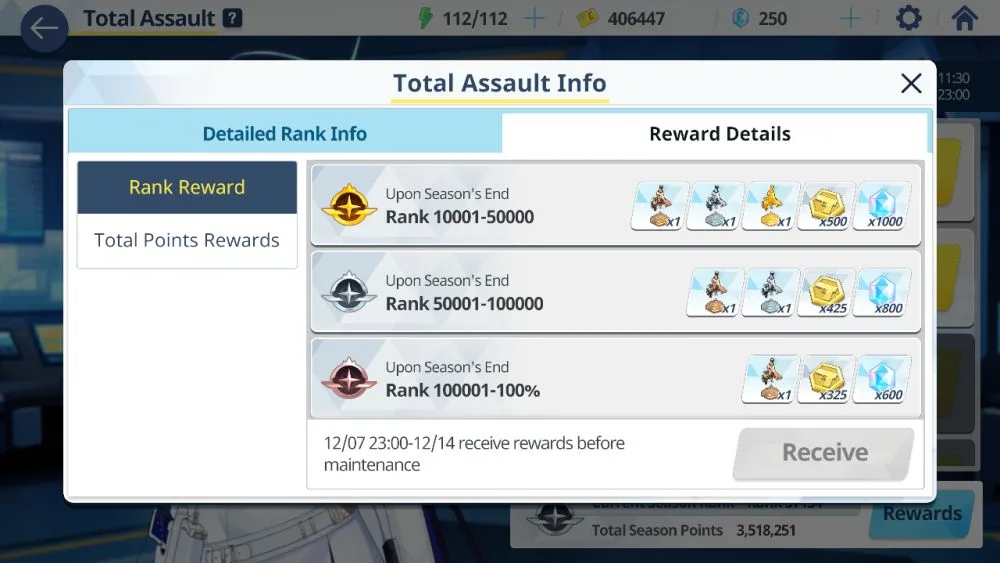
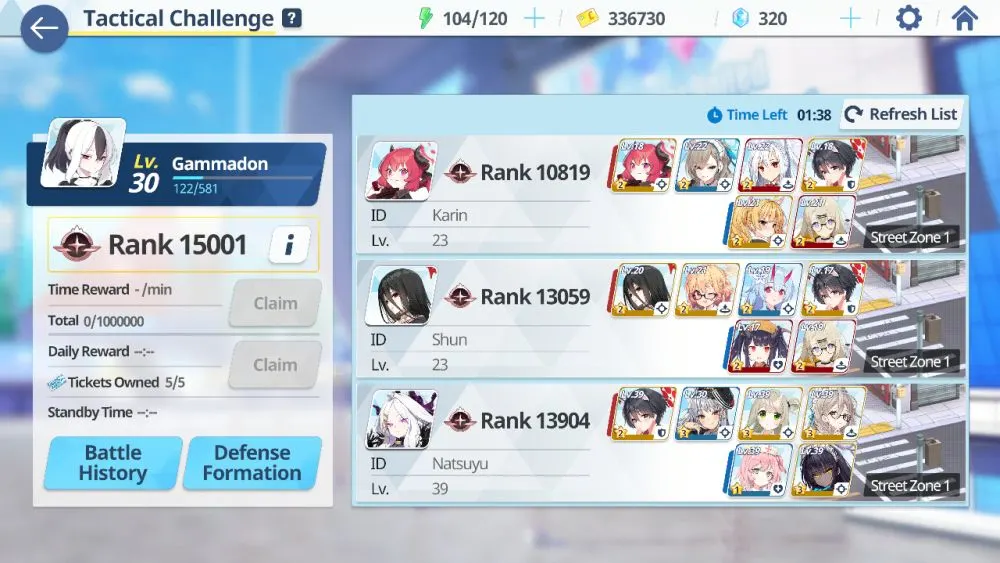
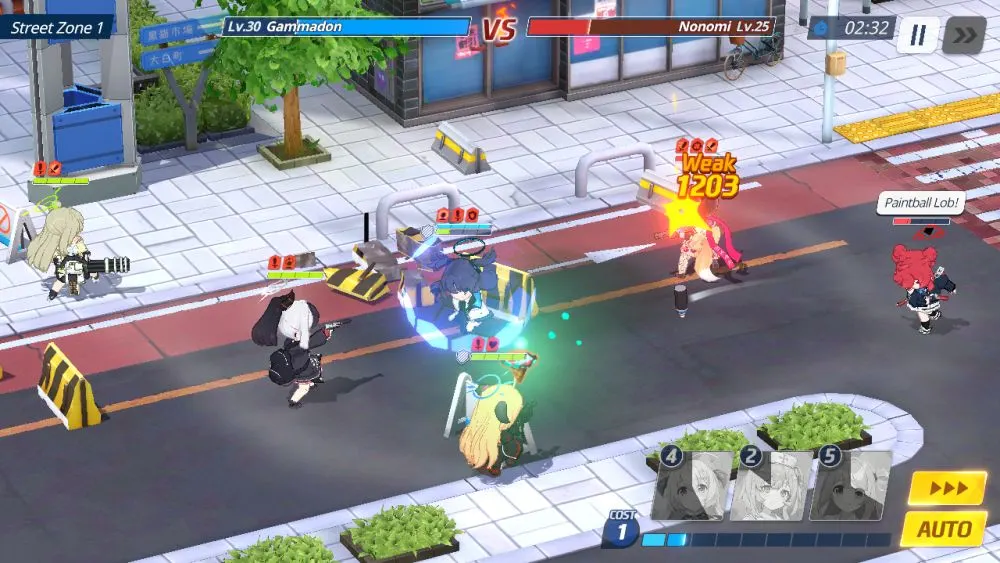
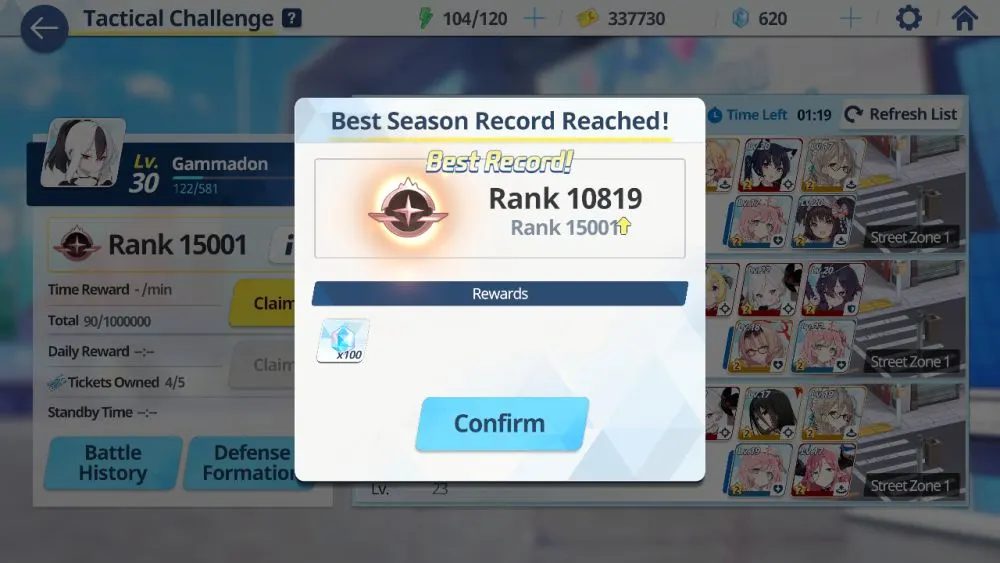
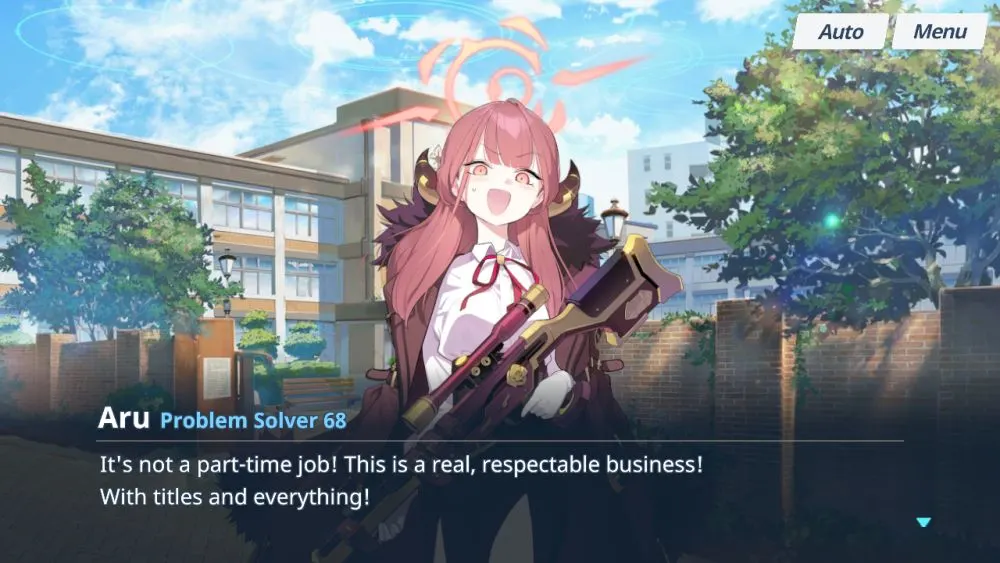
Asusa
Wednesday 5th of January 2022
Very good overall explanation